My ability to get together for a shoot with adorable Corgi Chewey several weeks ago was a bit of a happy coincidence, and I am so glad Chewey’s person and I were able to work it out! Chewey is an adventure hound who’s up for just about anything; he did everything from squaring off with hermit crabs to fording creeks in a Redwood forest during our time together (rumor has it that he also boogie-boards(!), but the surf was a little big for his liking on the day we went out). He’s a wonderful dog that clearly loves spending time with his person and being just an all around awesome dude.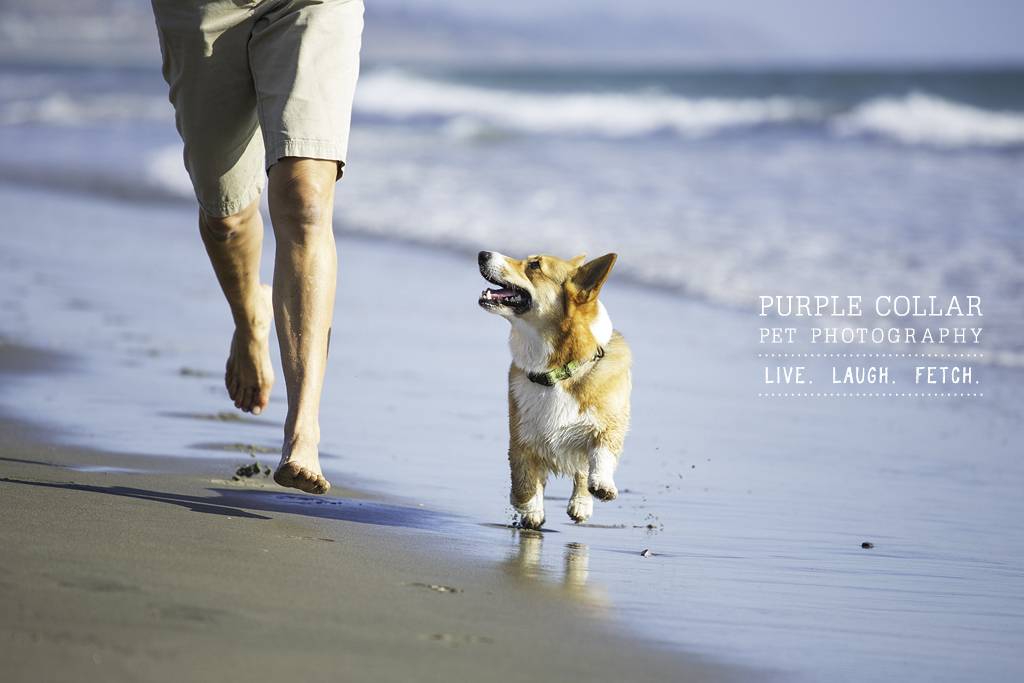
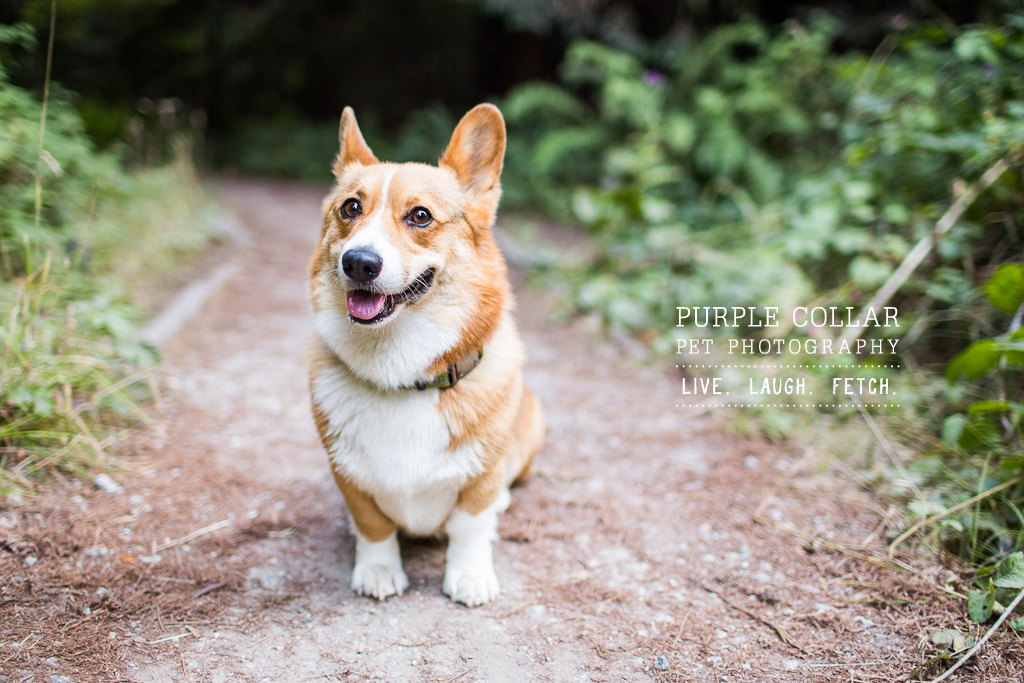
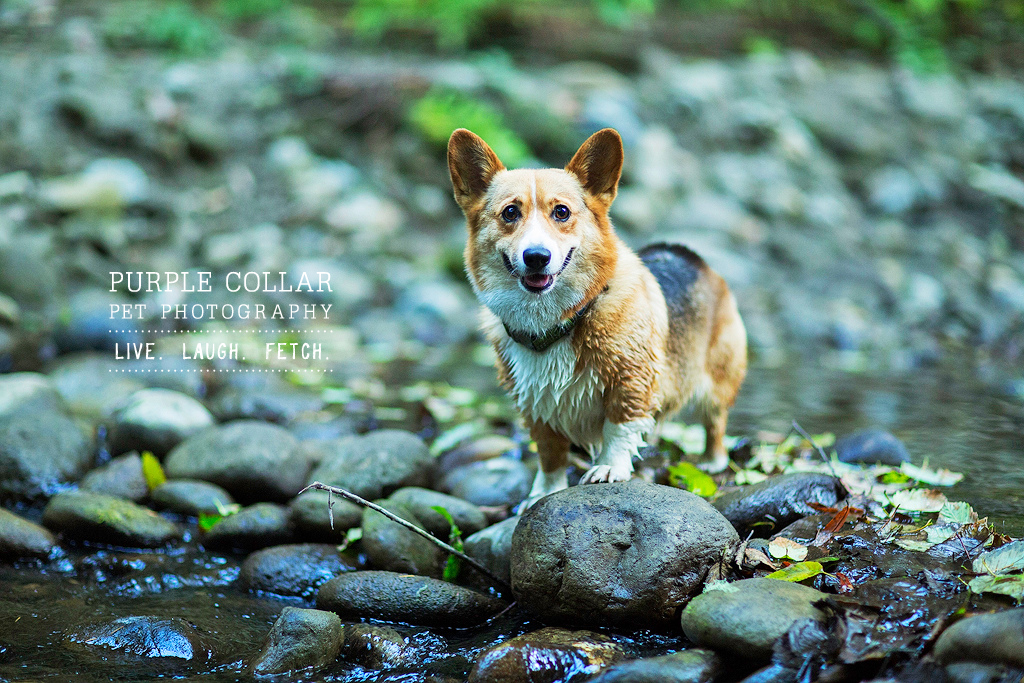
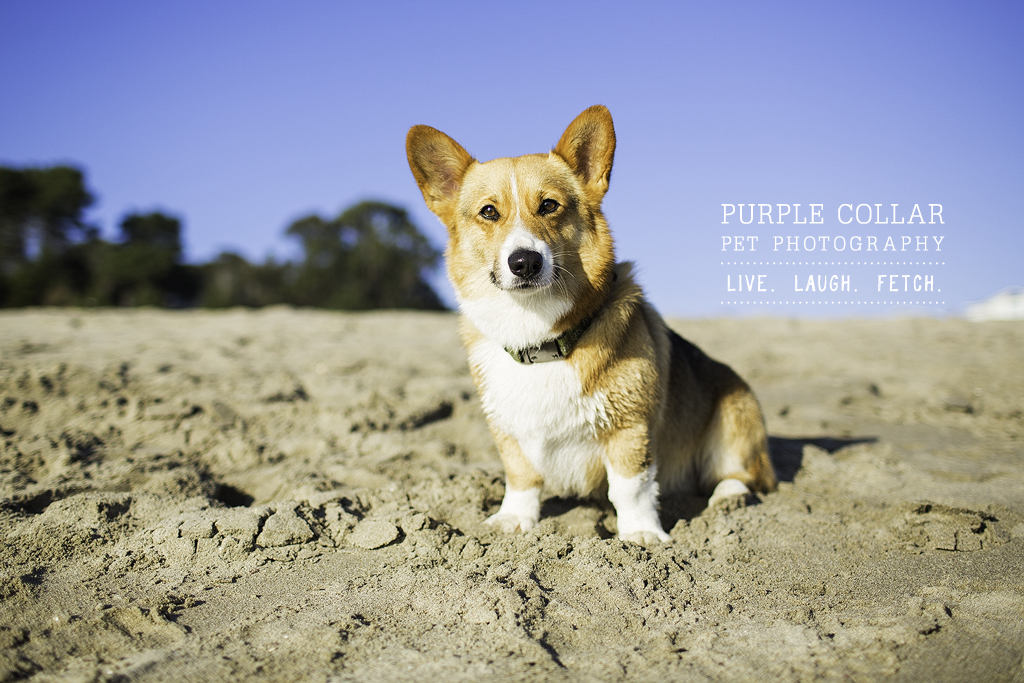
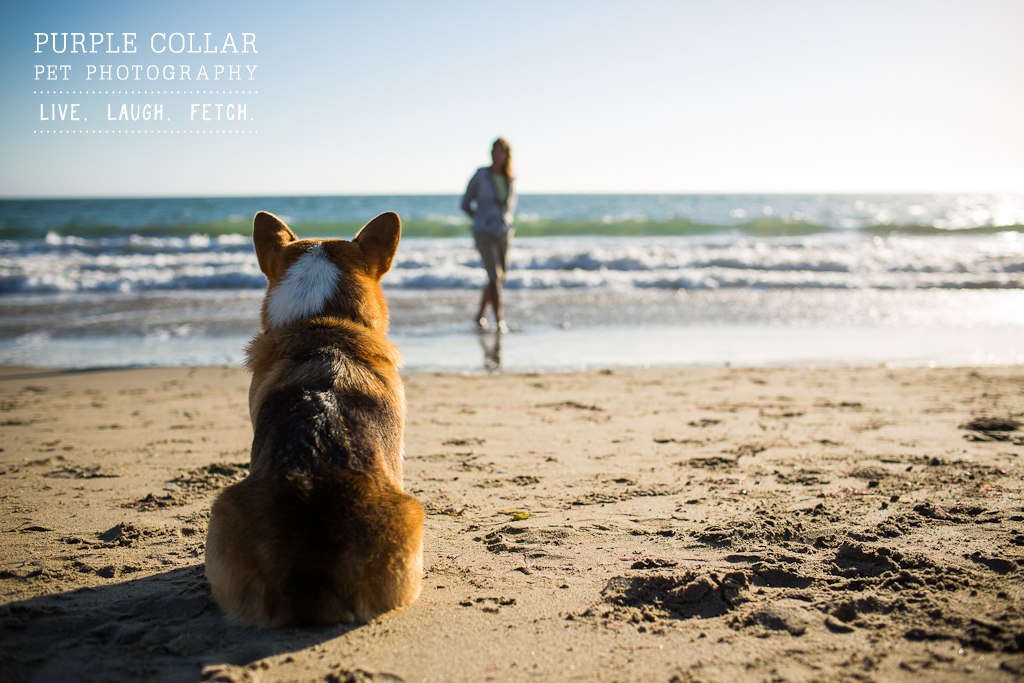
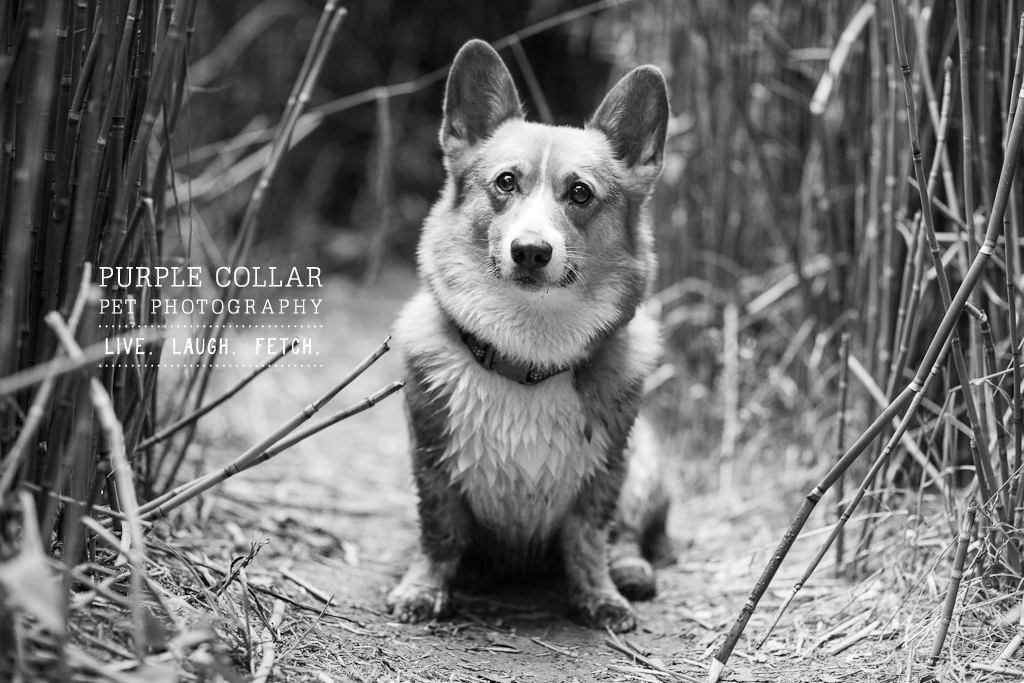
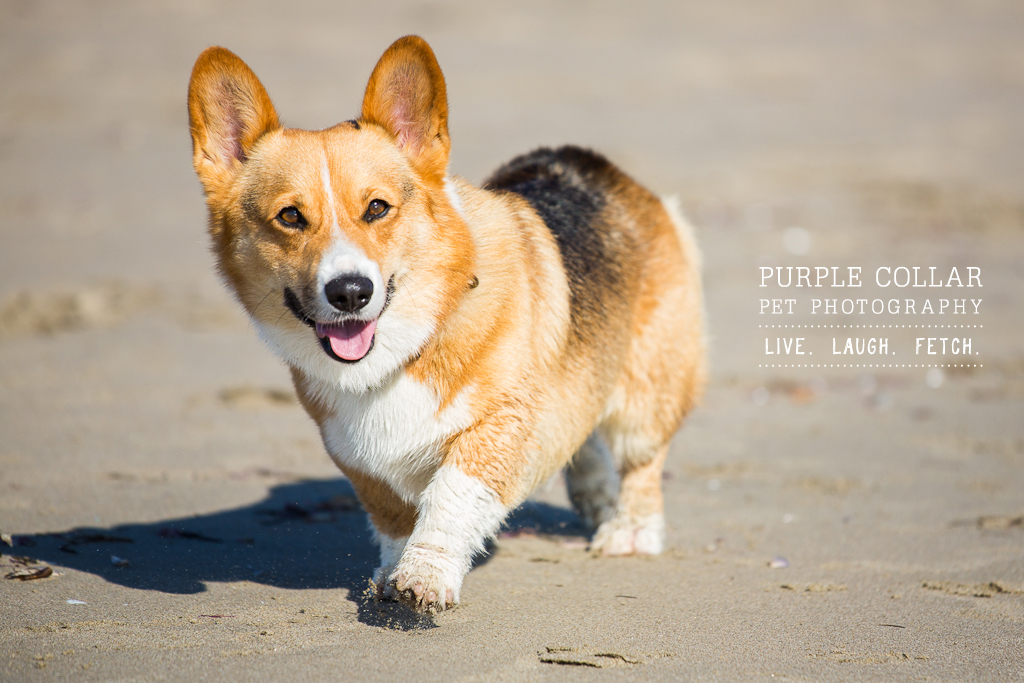
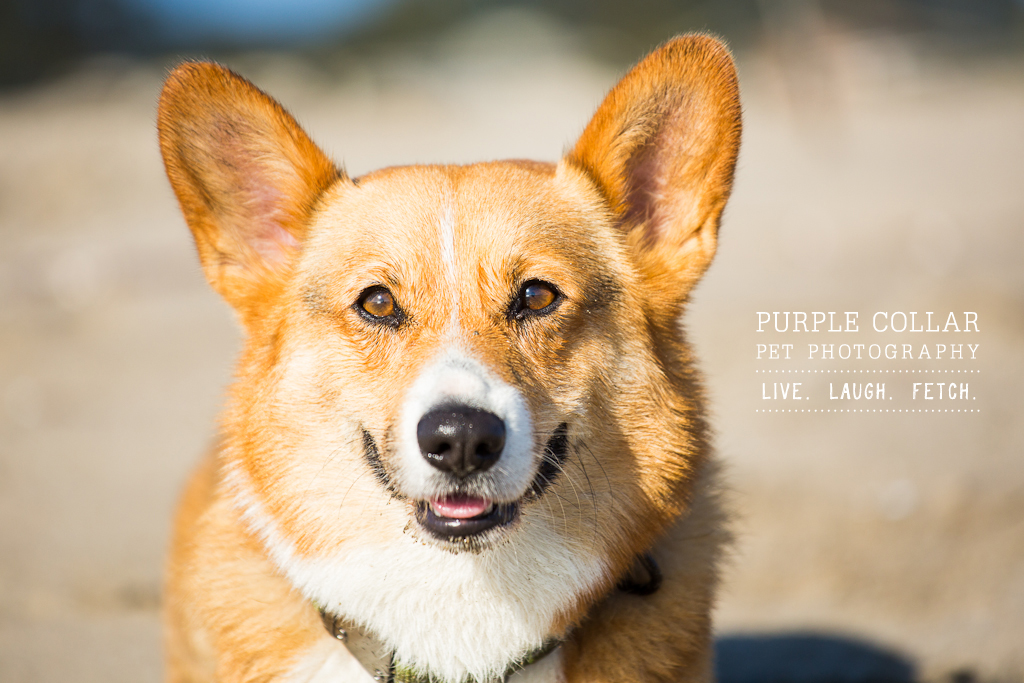

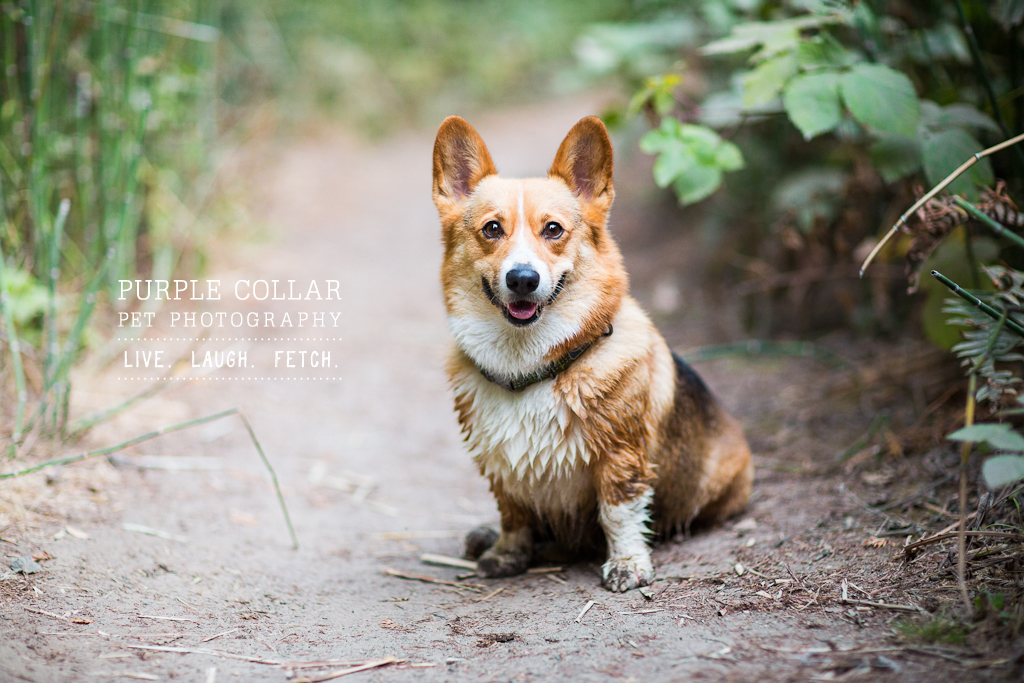
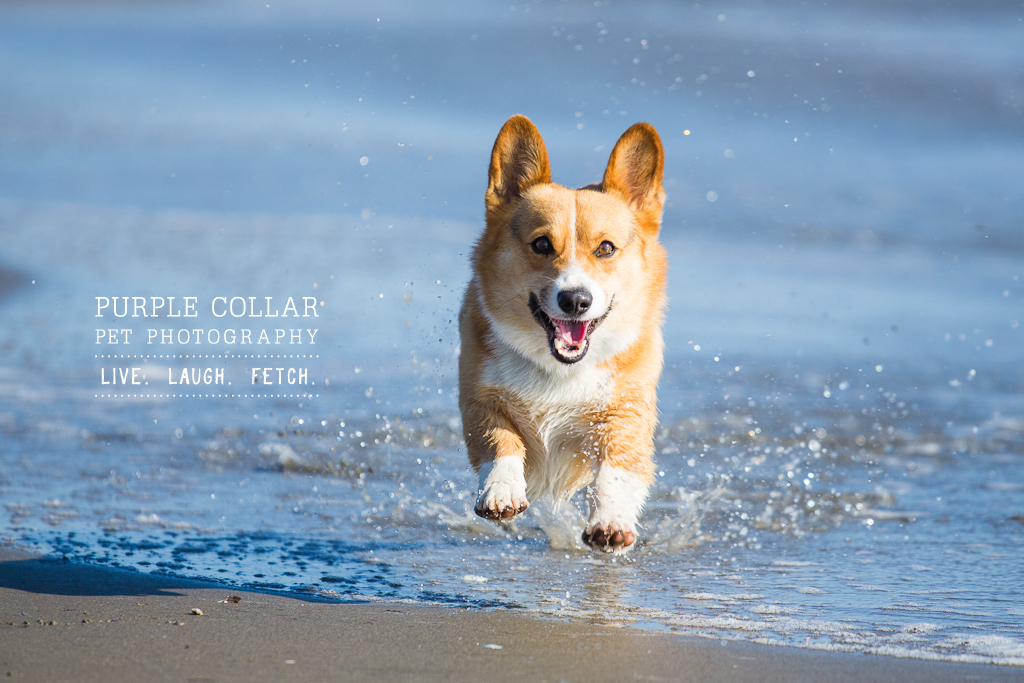
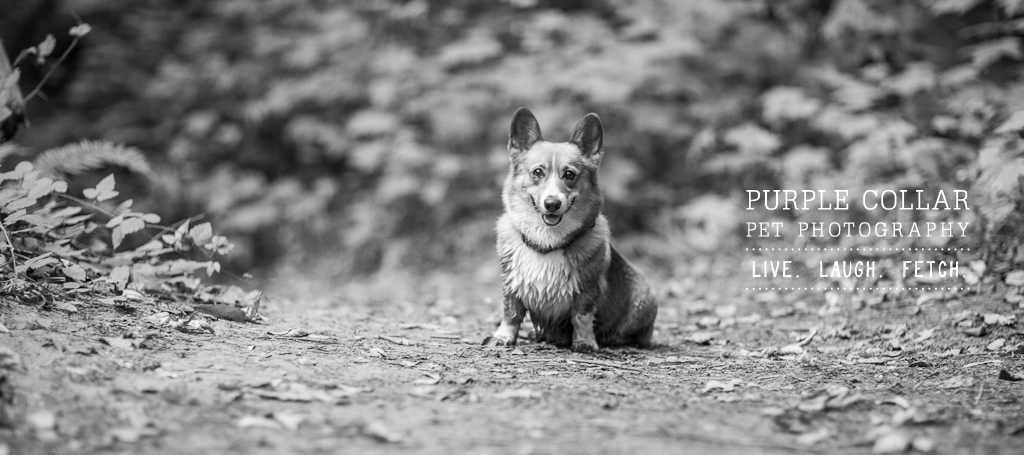
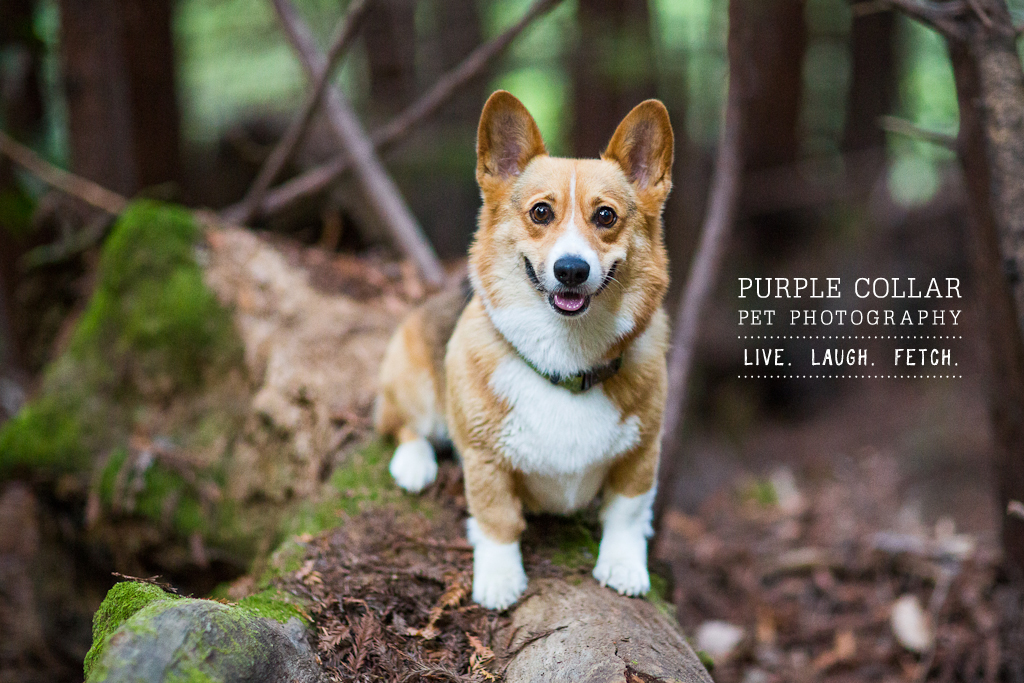
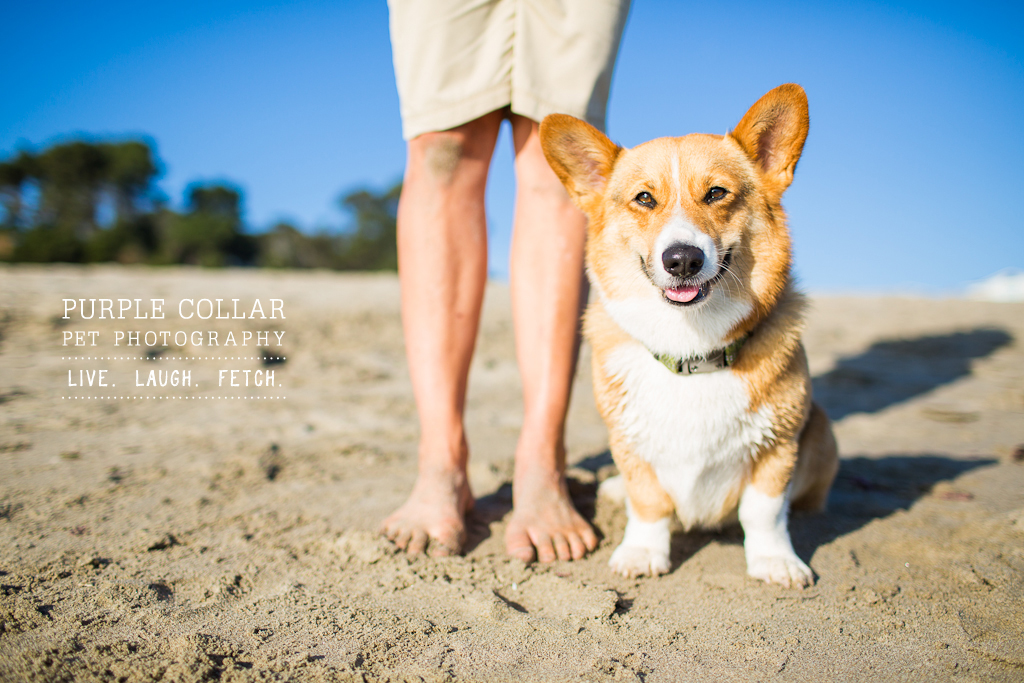
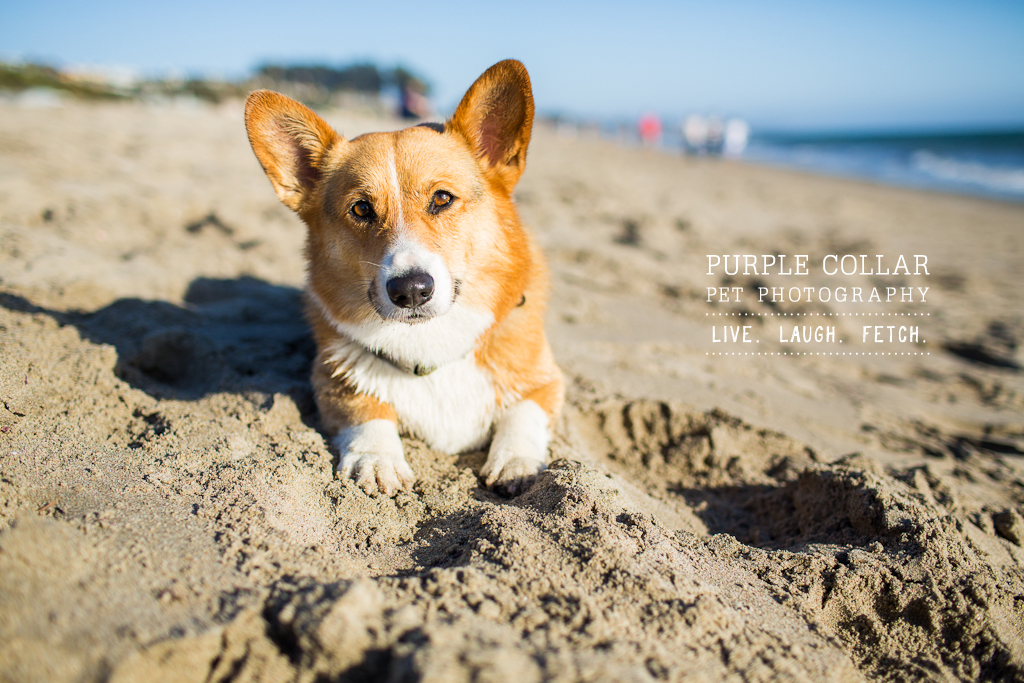
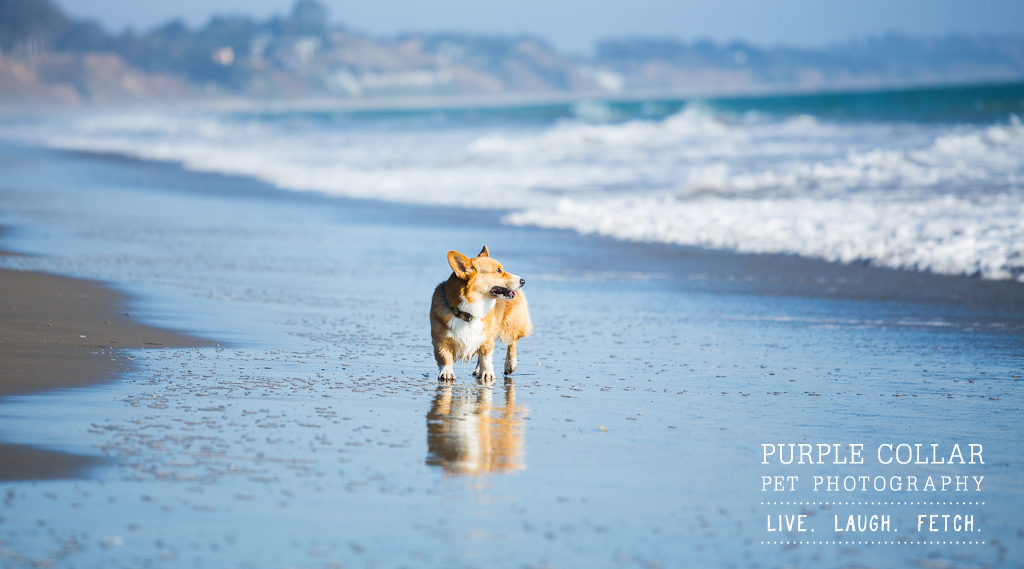
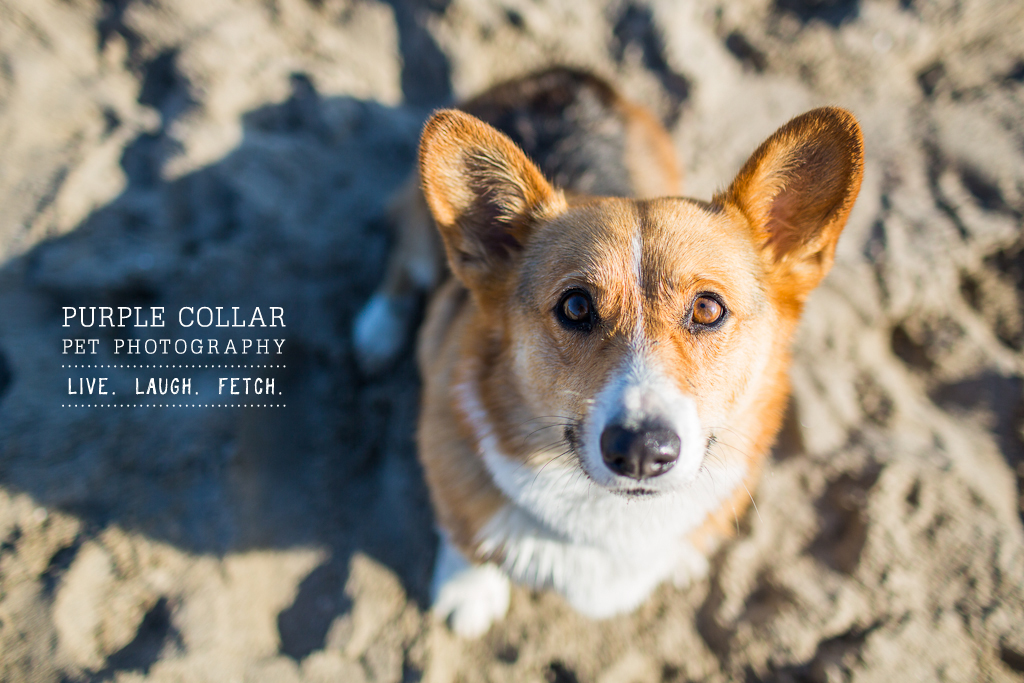
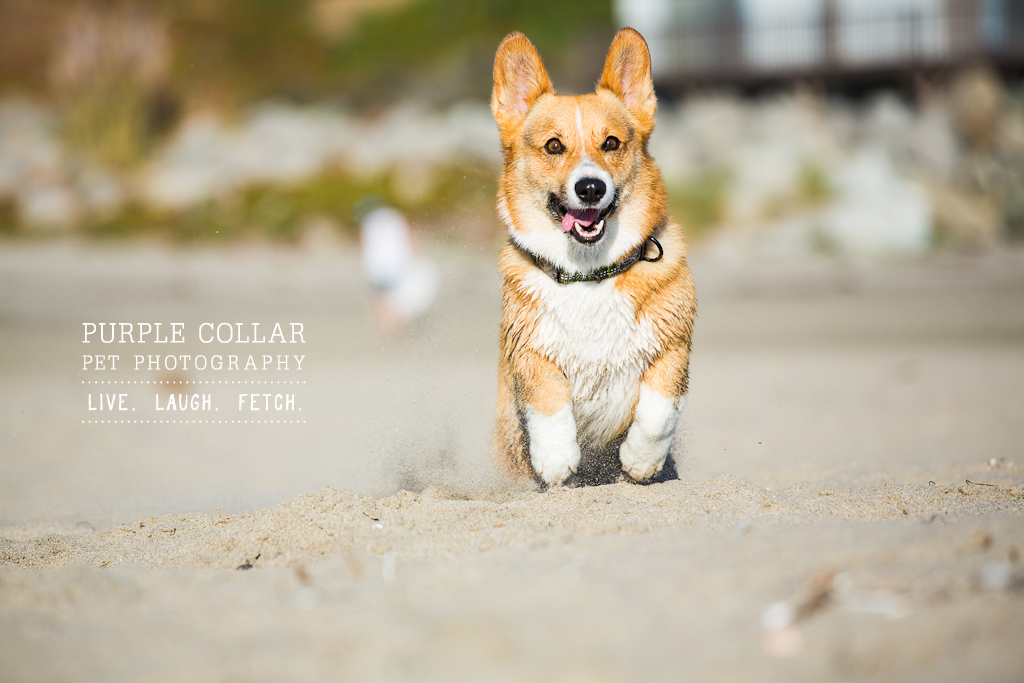
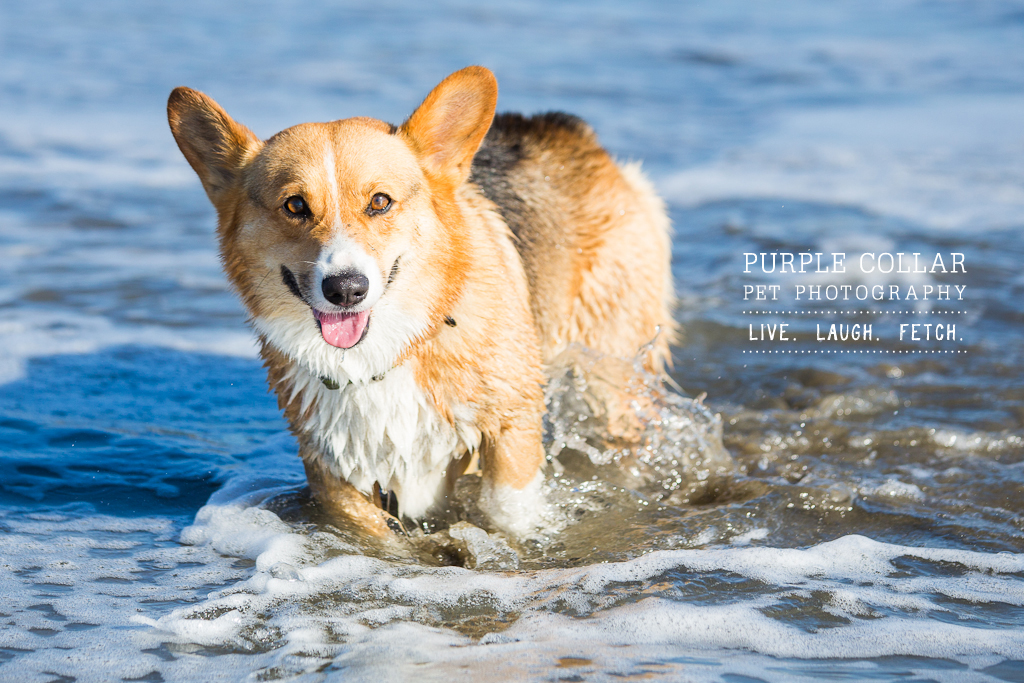
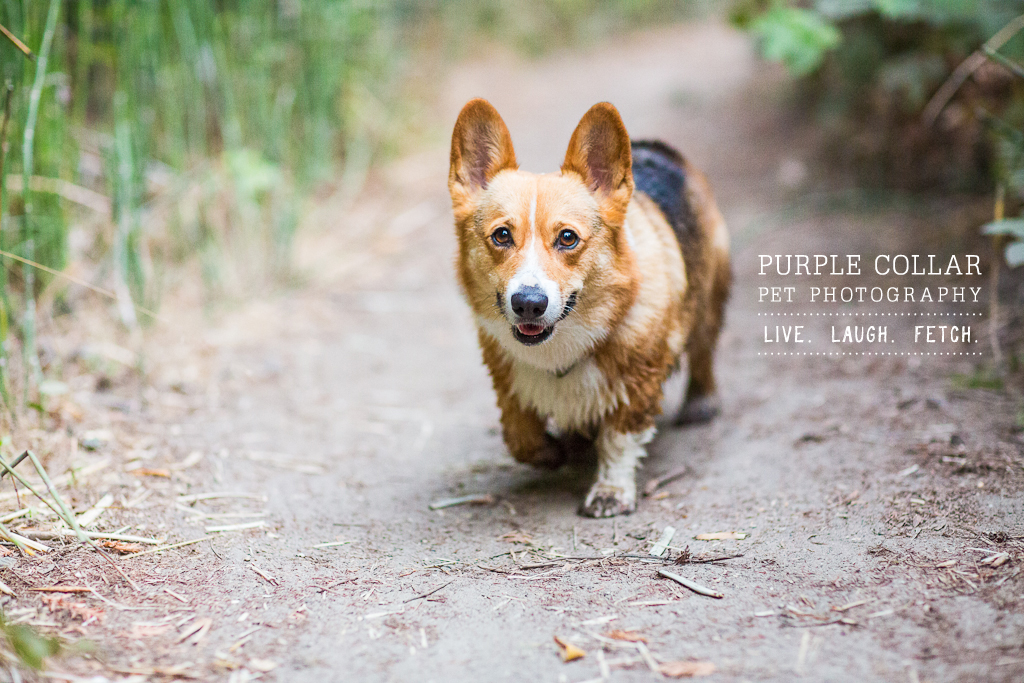
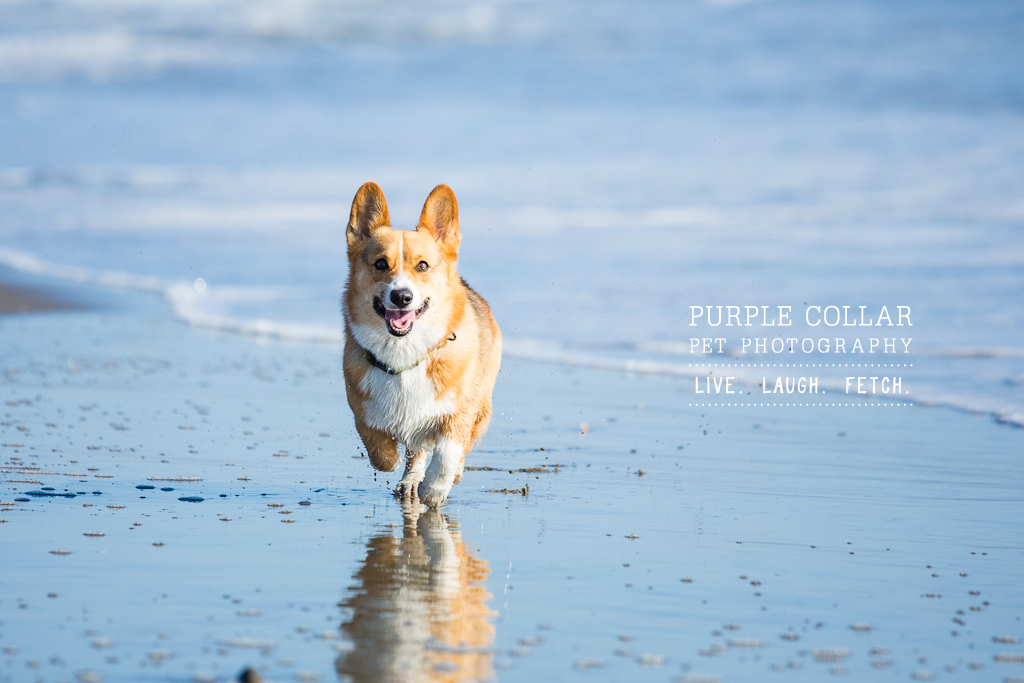
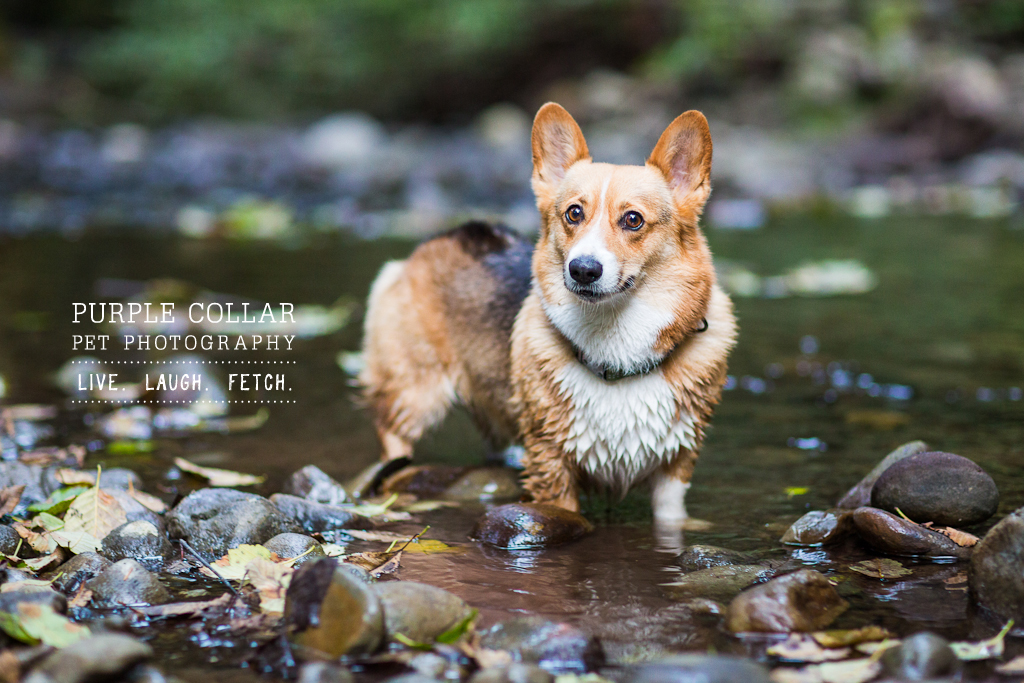
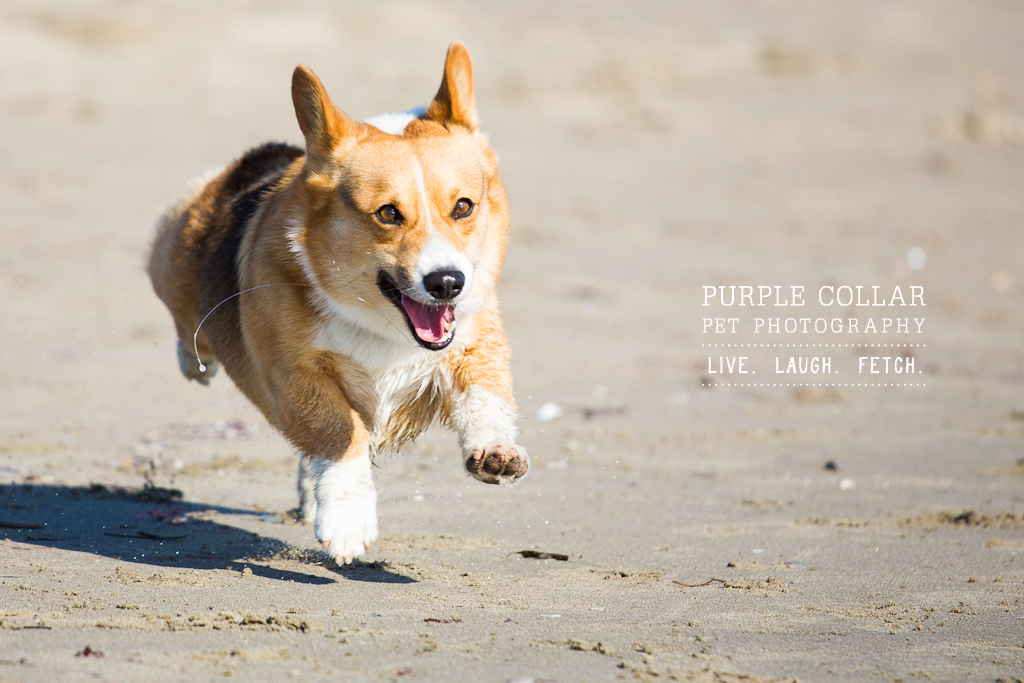
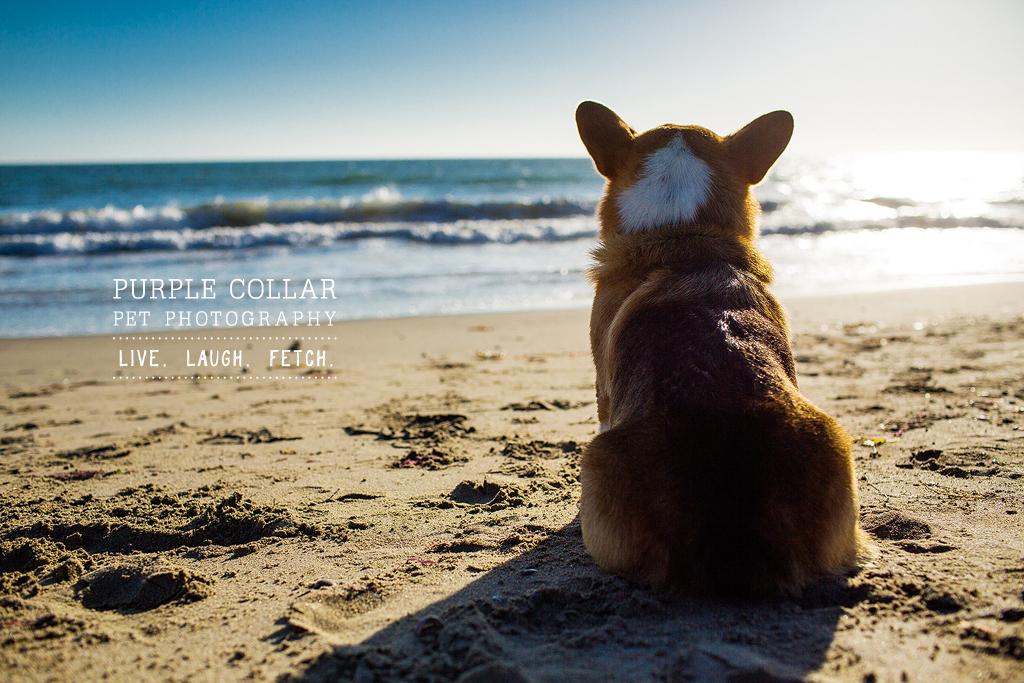
I wanted to take a quick break from the adorable dogs and cats that normally fill up this space to talk about another aspect of photography that I’m passionate about: gear! And, more importantly, how that gear relates to taking photos of…the adorable dogs and cats that normally fill up this space!
With photography, the word “gear” can mean so much: camera bodies, lenses, filters, lighting equipment, tripods, memory cards, camera bags, slings, battery grips, underwater housings…the list goes on and on! And any one piece can be just as important to capturing that priceless image as the next.
Today, though, I wanted to focus (pardon the pun) on lenses. And not just any lens! This lens, the EF Canon 50mm f/1.4 USM, will always have a special place in my heart. It was the first lens I purchased after deciding to pursue pet photography professionally, and the first lens I owned to have the all-important — especially when working with pets — “Ultrasonic” (USM) focusing motor. (Wow, what a difference that made!)
With a weight of 10.2 ounces and a price of around $350.00, the Canon EF 50mm f/1.4 is chock full of contradictions. It’s an affordable, compact image quality machine, capable of producing images that rival those captured via lenses that weigh three times as much, and at a fraction of the price. As I mentioned, it has an Ultrasonic focusing motor that is quiet and accurate, and a metal lens mount that adds some sturdiness to an otherwise plastic barrel construction.
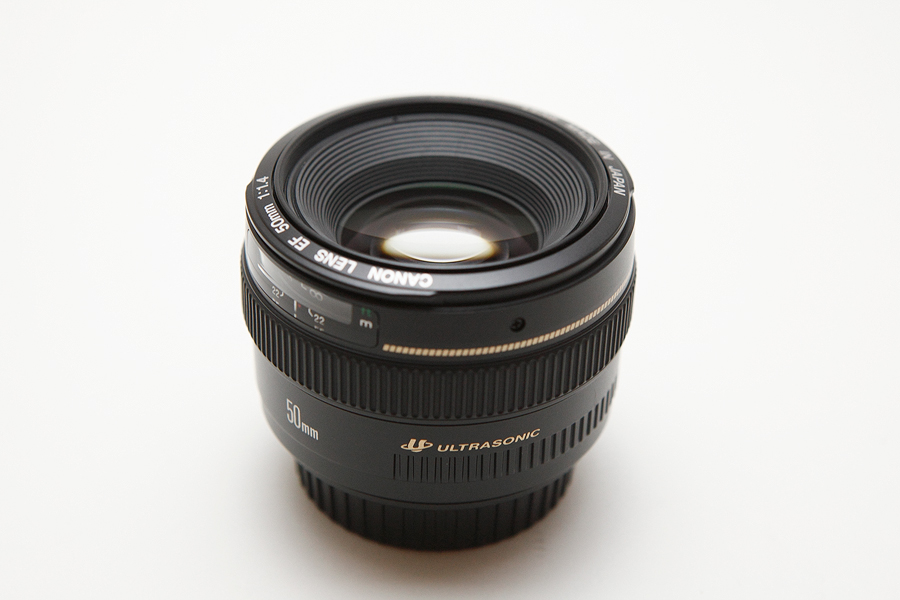
Canon 50mm f/1.4: “Phenomenal cosmic power!…Itty-bitty living space.”
Prior to the Canon 50mm f/1.4, I had been using another nifty little lens as a hobbyist to open up a world of creative possibilities: the EF Canon 50mm f/1.8 II (also known as the “Plastic Fantastic” and the “Nifty Fifty”). At first glance, there isn’t much difference between the two lenses — they’re both 50mm primes, with only 2/3s of an f-stop to separate their maximum aperture values. But the practicable differences make these two lenses worlds apart. Chief among them, the focusing motors. As a professional, I need to be confident in my equipment’s ability to perform at a professional level. And it was very apparent that while the 50mm f/1.8 II was capable of producing images of good sharpness, it could not be counted on to focus on fast moving subjects or in low light.
The 50mm f/1.4 has several other advantages over its smaller, cheaper sibling, as well: it has an eight blade aperture, as opposed to the five blade aperture of the 50mm f/1.8 II, which allows it to render out-of-focus elements with a smoother, more pleasing appearance. It also has a full-time manual (FTM) focusing ring, whereas the 50mm f/1.8 II has a focusing ring that rotates with auto focus on the front of the lens barrel, which can be easily broken.
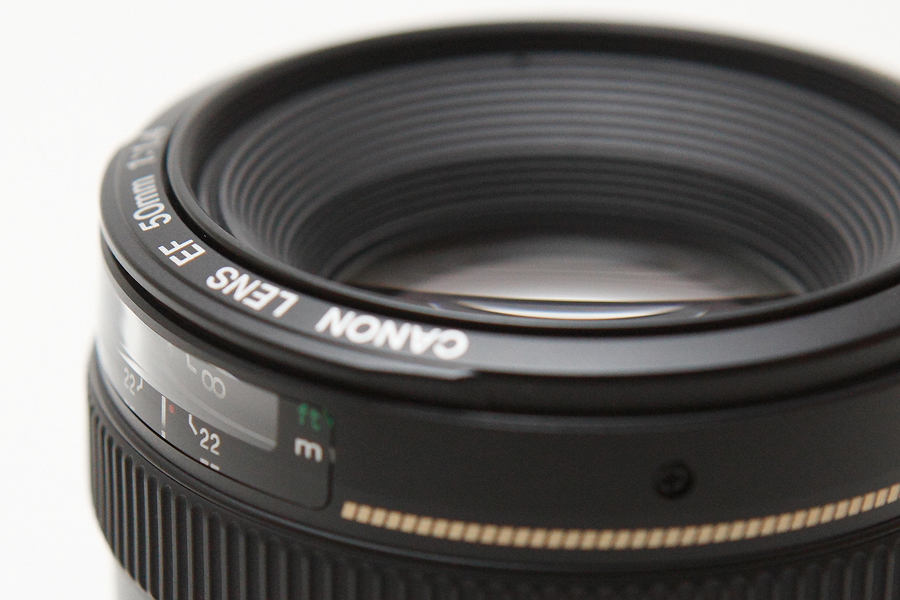
The 50mm f/1.4’s plastic lens barrel keeps cost — and weight — down.
With a maximum aperture of 1.4, the 50mm f/1.4 allows for fantastic background separation, which has always been a style to which I’ve been drawn. At wider aperture settings the lens is prone to chromatic aberration and can produce a “dreamy” softness; these effects seem to be well controlled by f/2.0, however. The AF, while snappy, is not without its limitations as well — it is a poor choice for fast-moving action, like running, though when stopped down on a body with reliable Servo focusing I think the lens would be just fine for a steady walking speed.
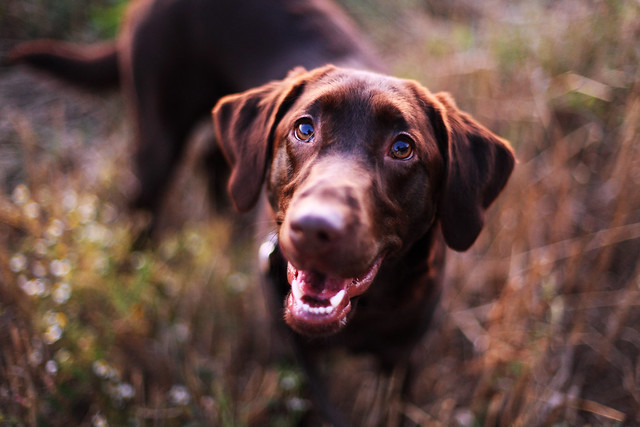
Many of my favorite captures have been taken with the Canon EF 50mm f/1.4 USM.
The 50mm focal length, especially on full frame cameras, has long been one of my favorites — it feels very natural and is flexible enough for a variety of shooting environments, from indoors to out. The Canon EF 50mm f/1.4 USM is a lens that pairs that flexibility with reliable autofocus, outstanding subject isolation, and very good image quality for a fair price. Though it may not have the “best” bokeh or the fastest subject tracking capability, this is a workhorse lens that, for the weight and size, you could feel fine bringing just about anywhere.
5 comments
Annie the Labrador Retriever and Zoey the Jack Russell Fox Terrier mix are two “siblings” that I had the pleasure of meeting on a bright, beautiful late-summer morning a few weeks ago. I loved watching the interaction between these two happy, well-loved dogs! Zoey, who is still a puppy at just six months old, follows good-natured Annie around just about everywhere. For her part, Annie is perfectly content to just do her own thing and check out the sights and smells — that is, if there isn’t a tennis ball to fetch or treats to be eaten! They both have a lot of love for their people, and were a joy to work with!
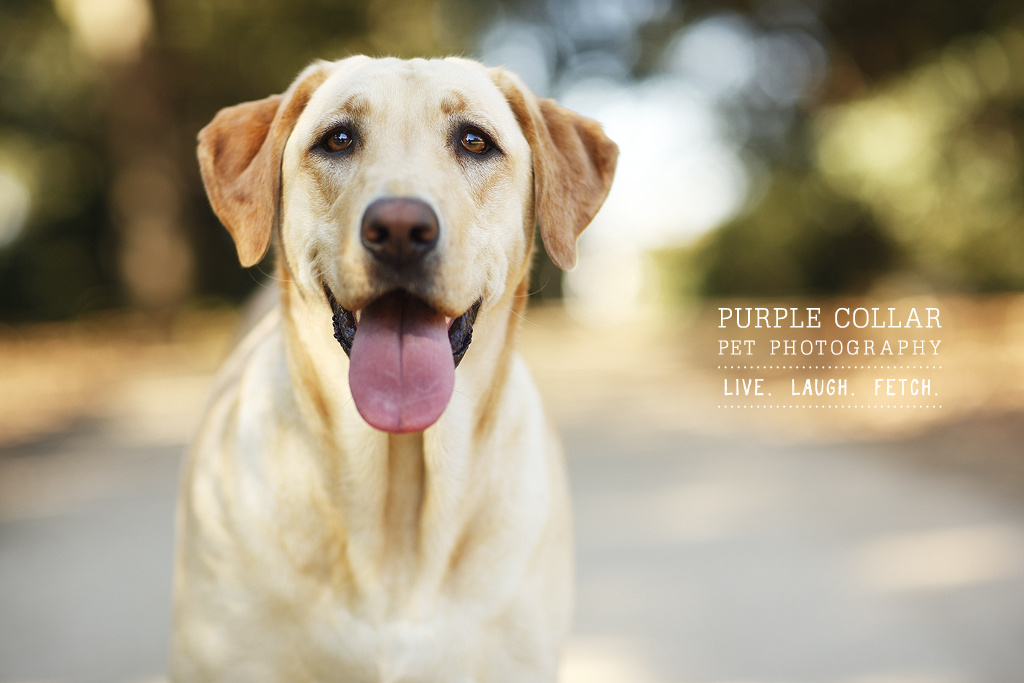


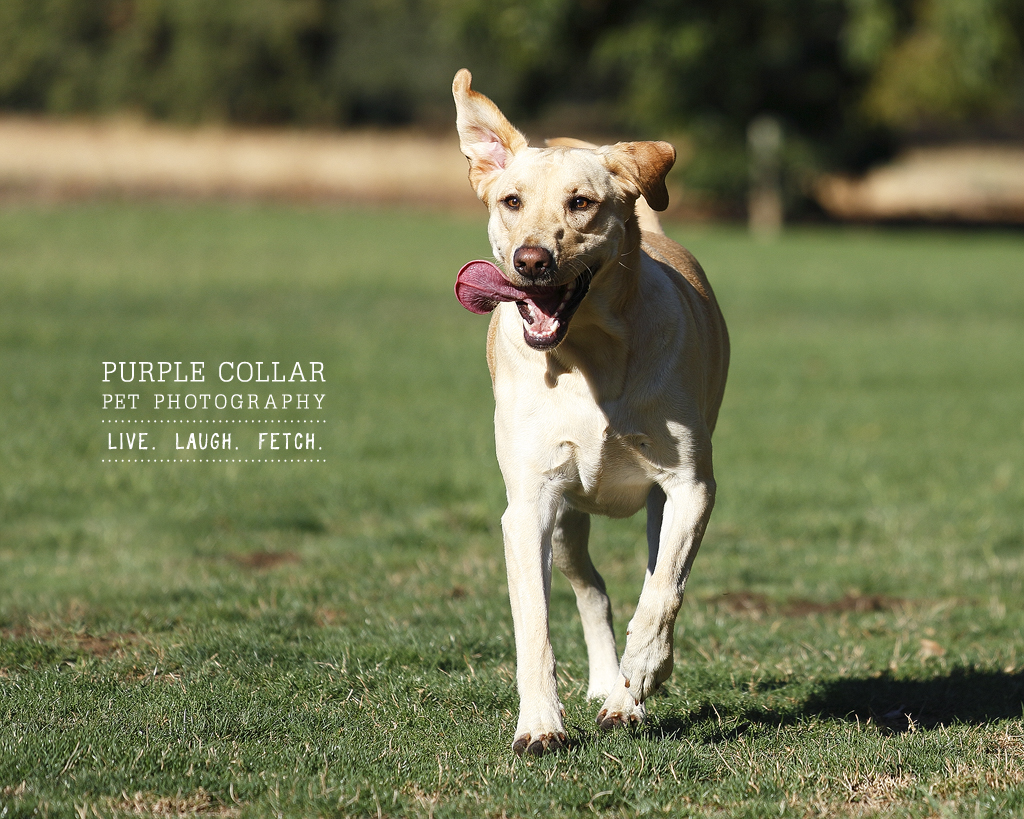
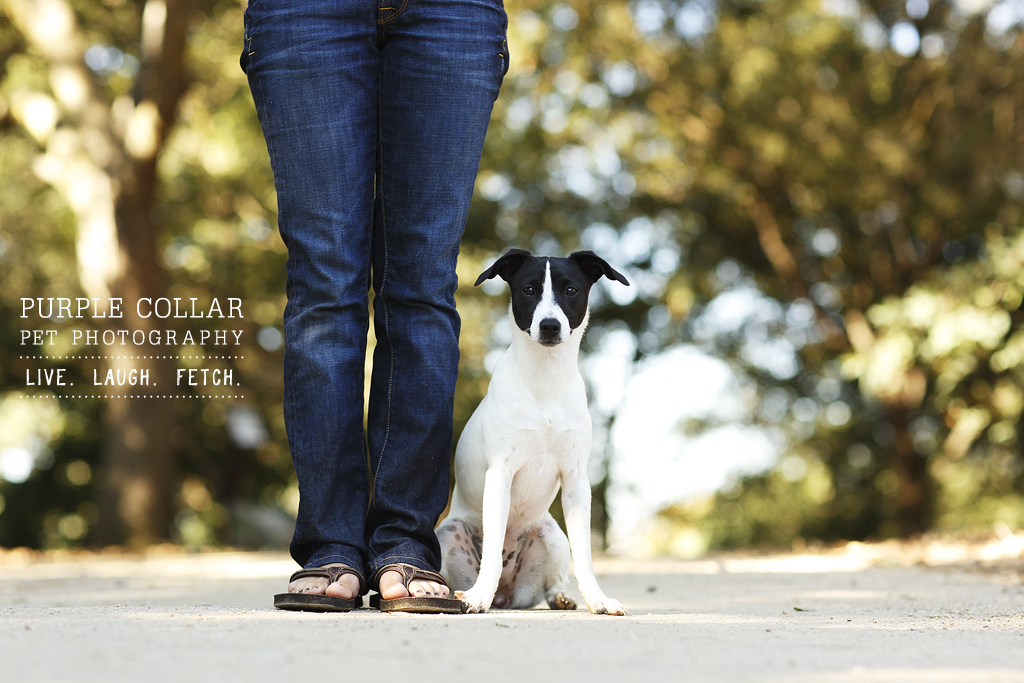
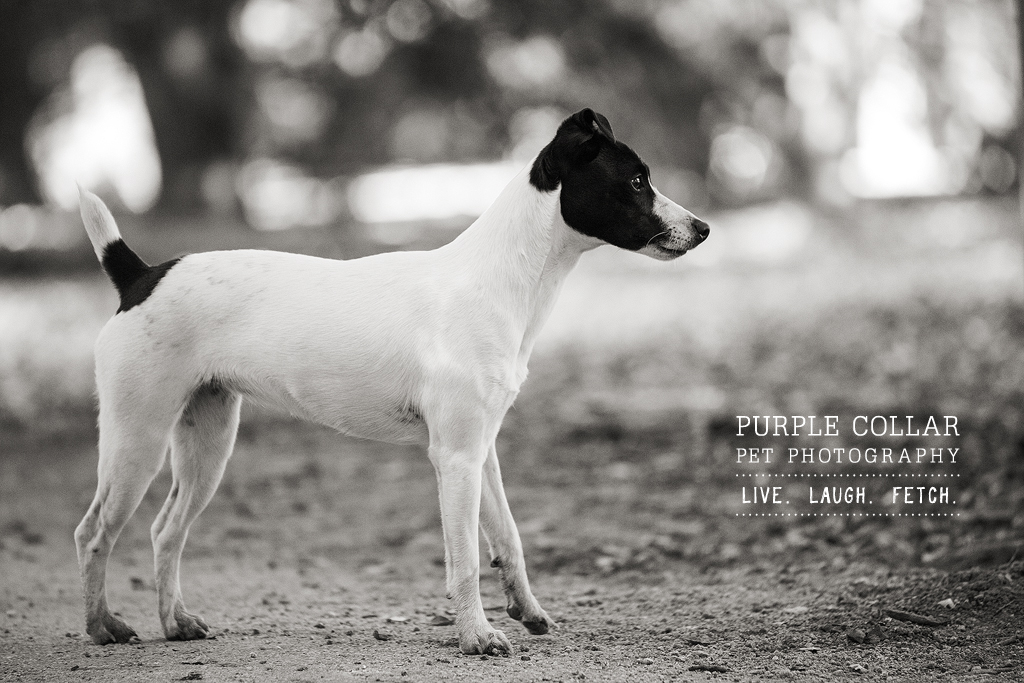
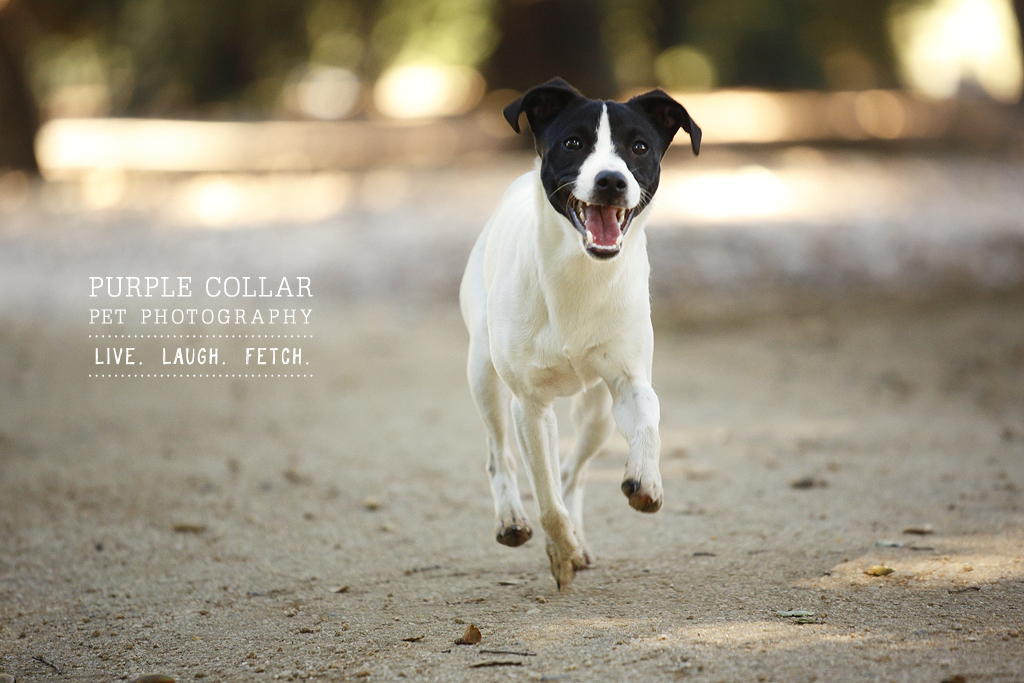

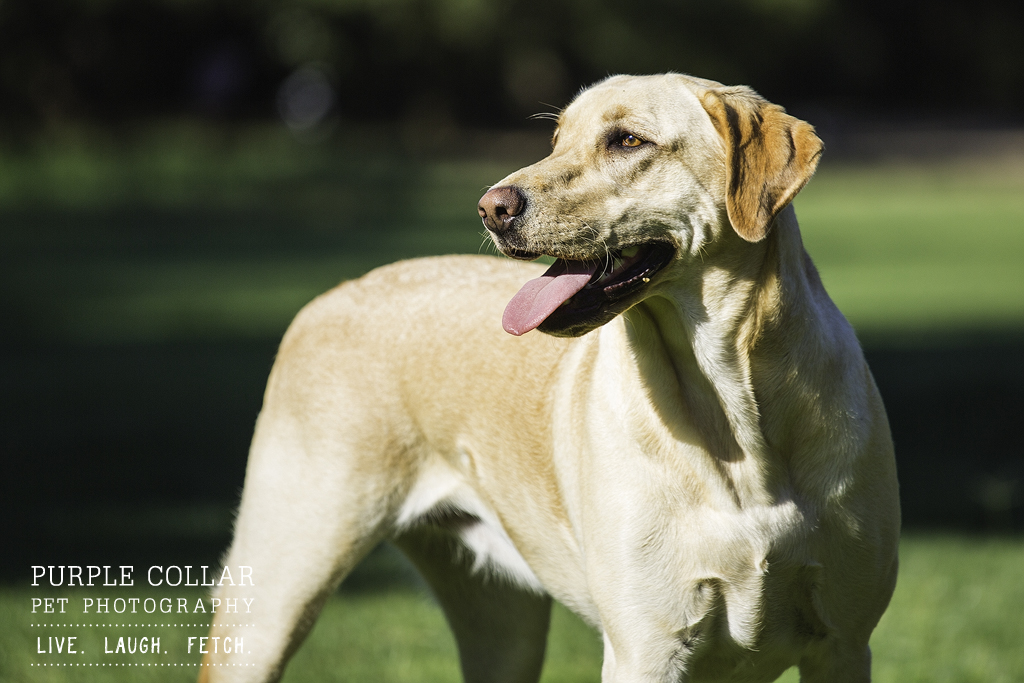
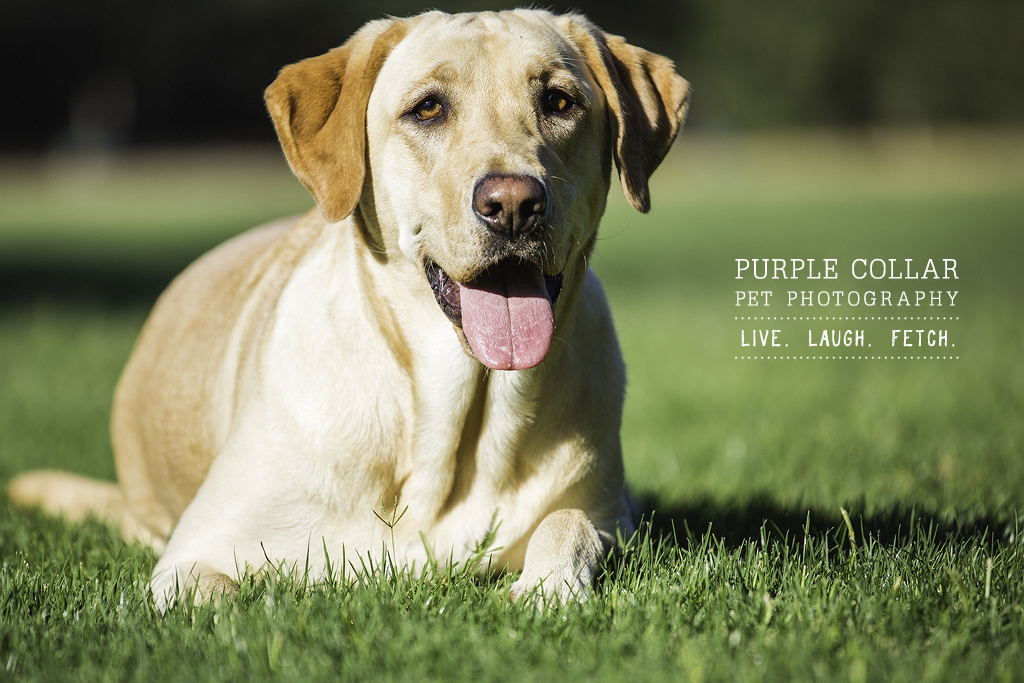
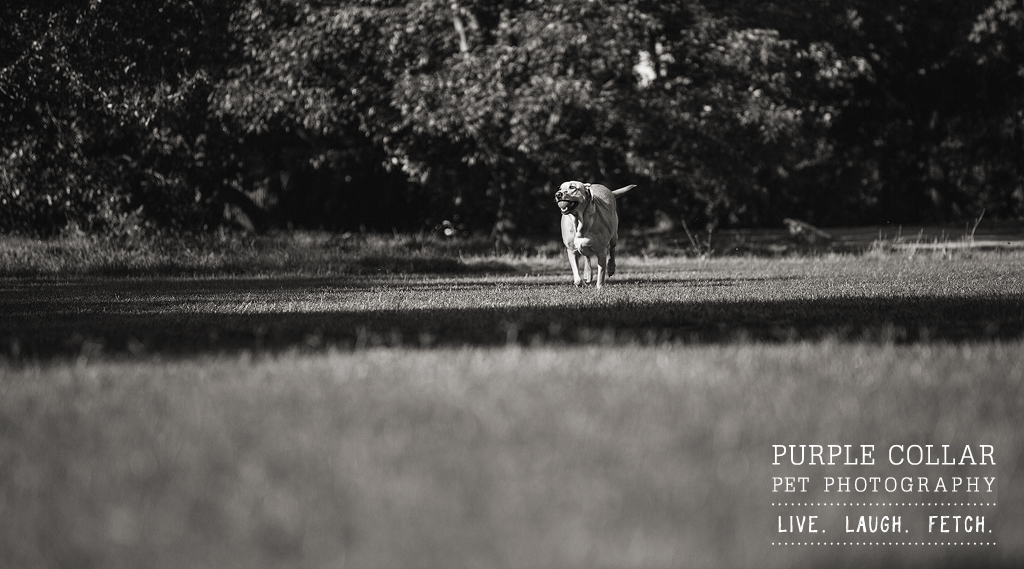
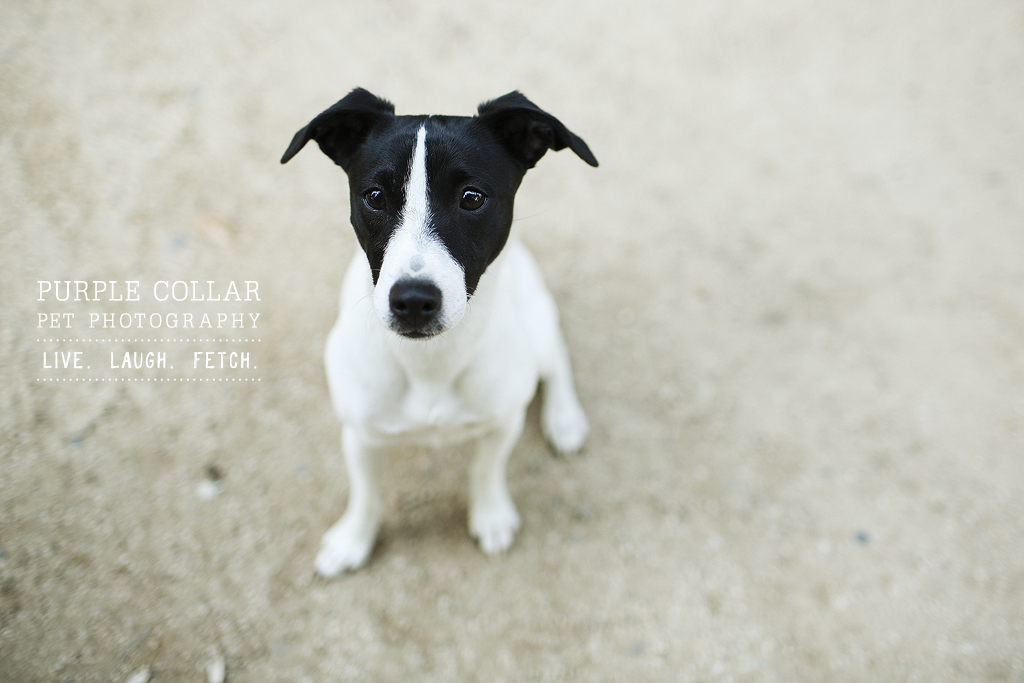
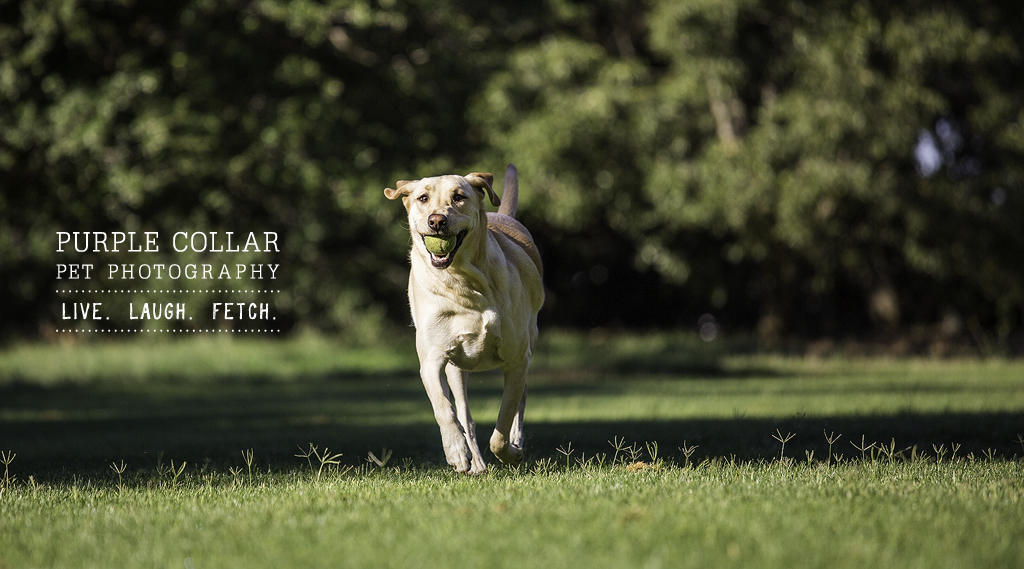
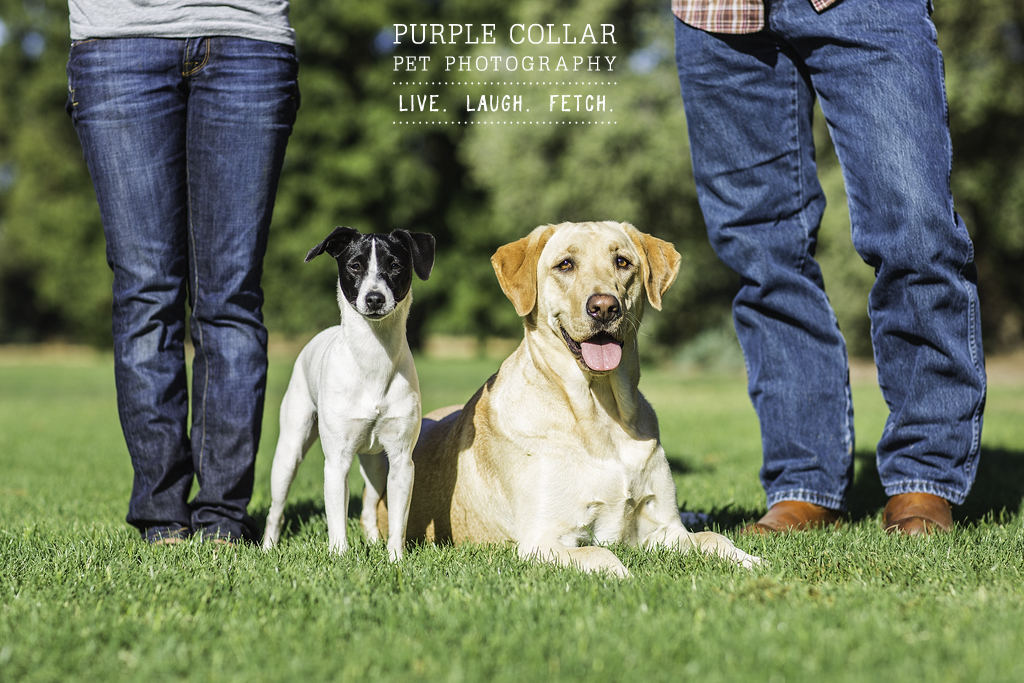
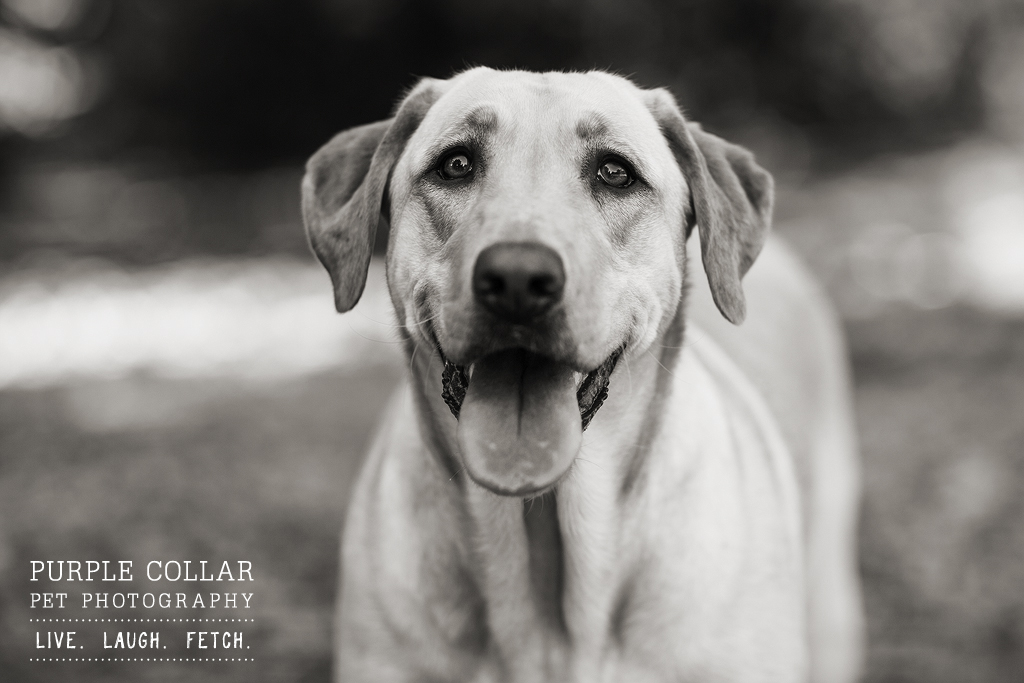
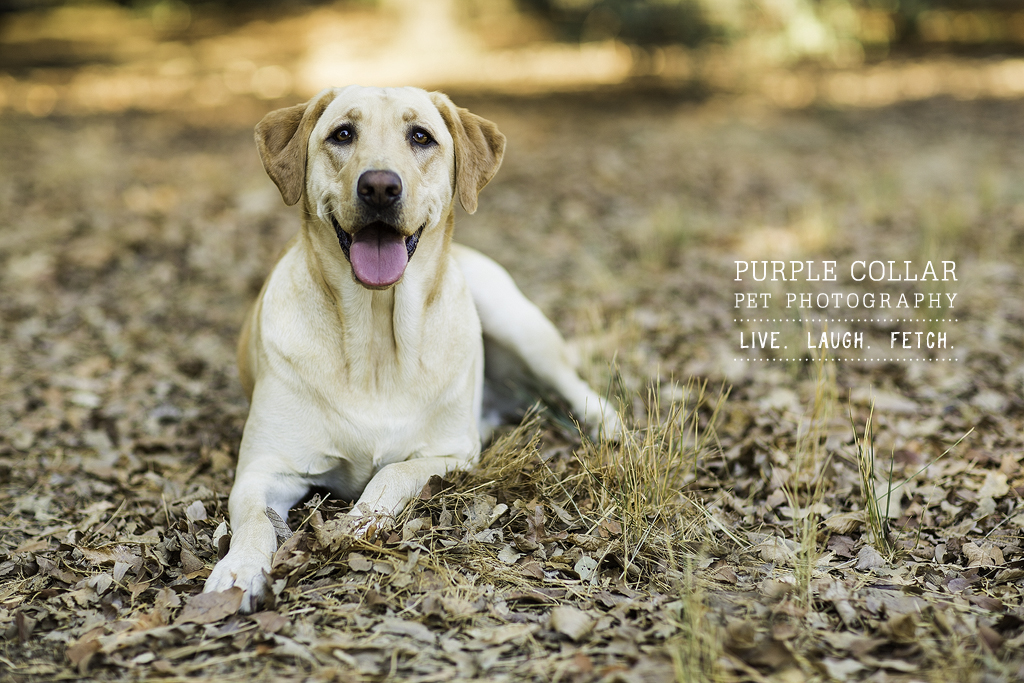
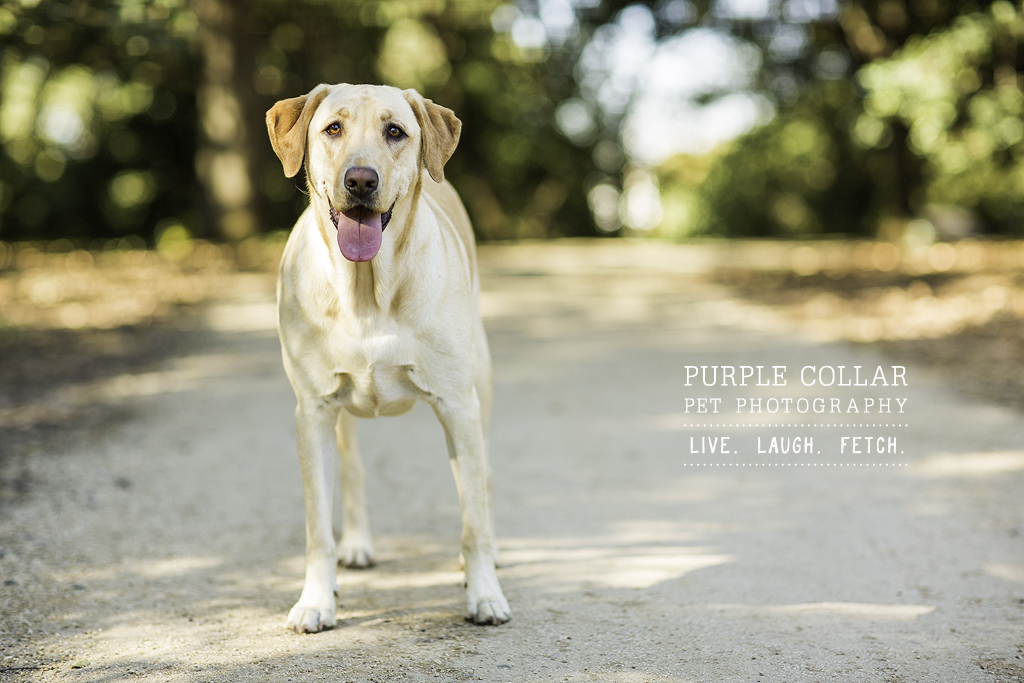
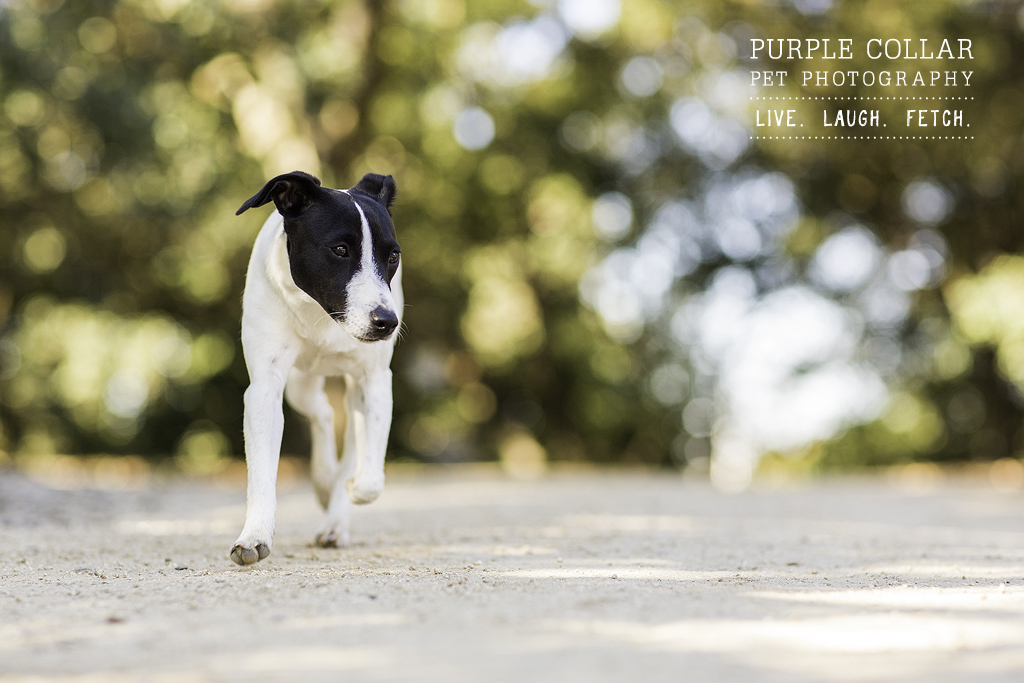
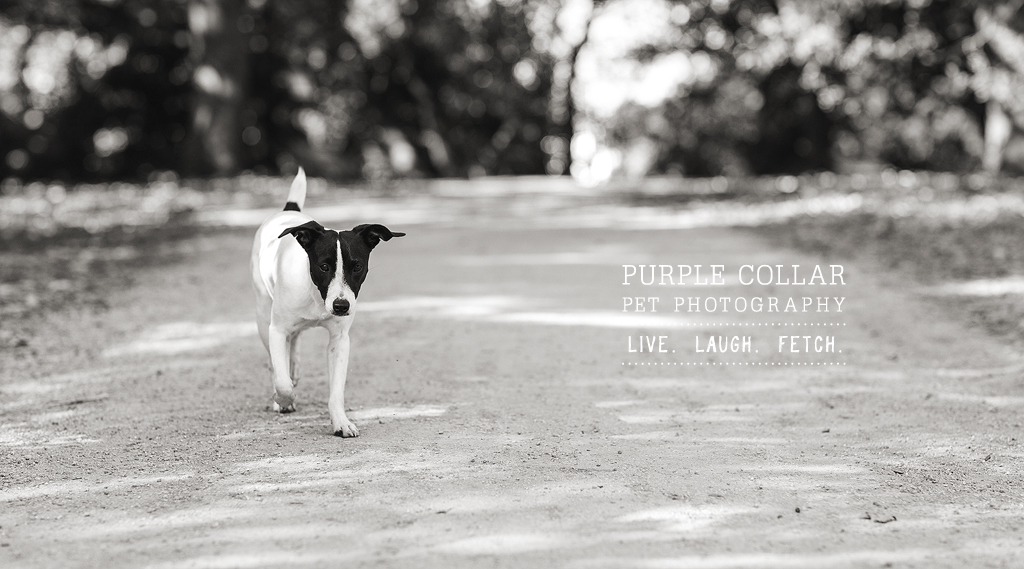
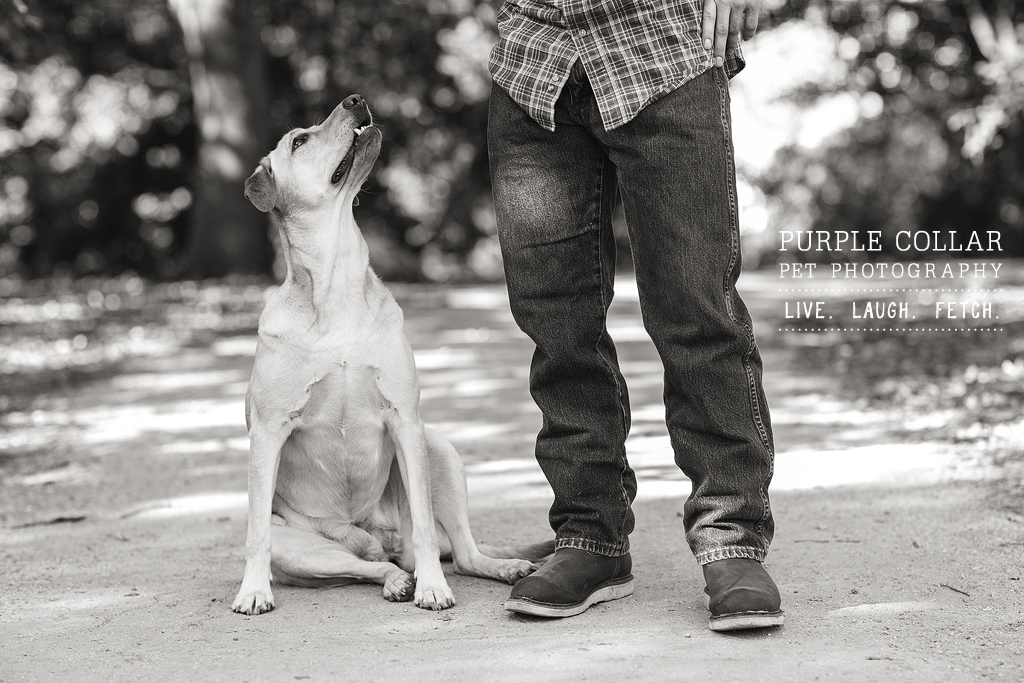
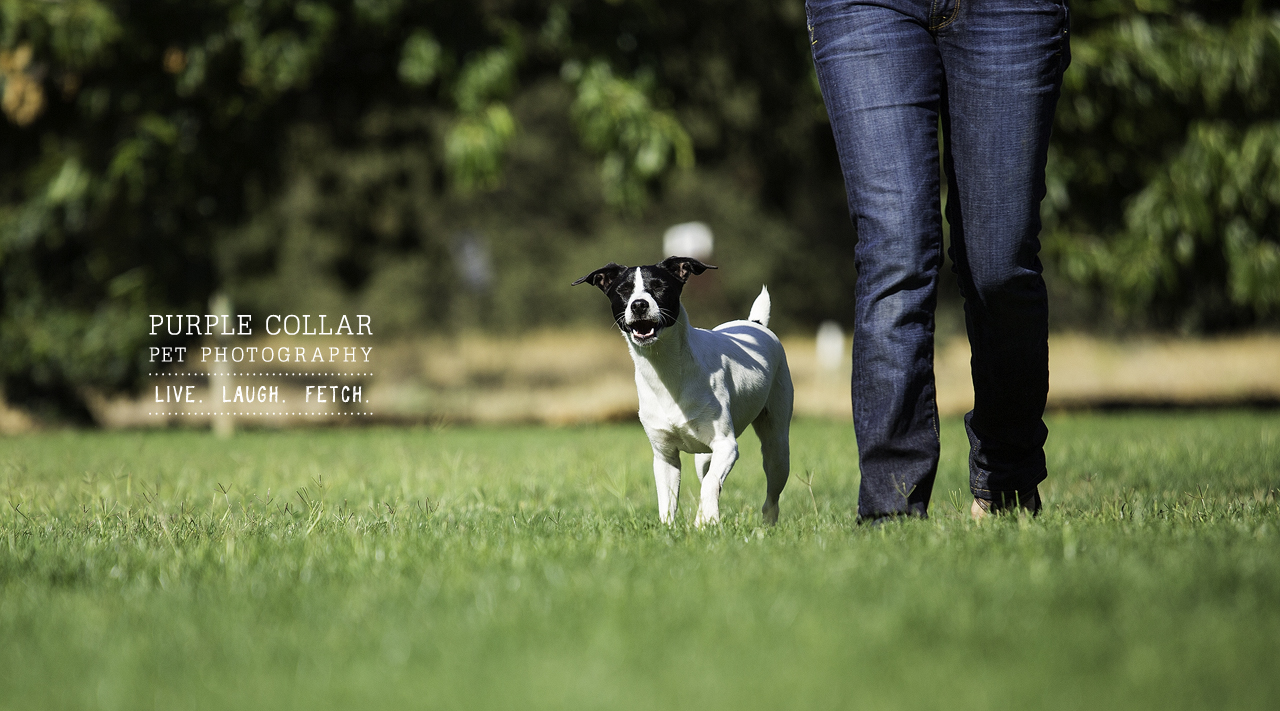
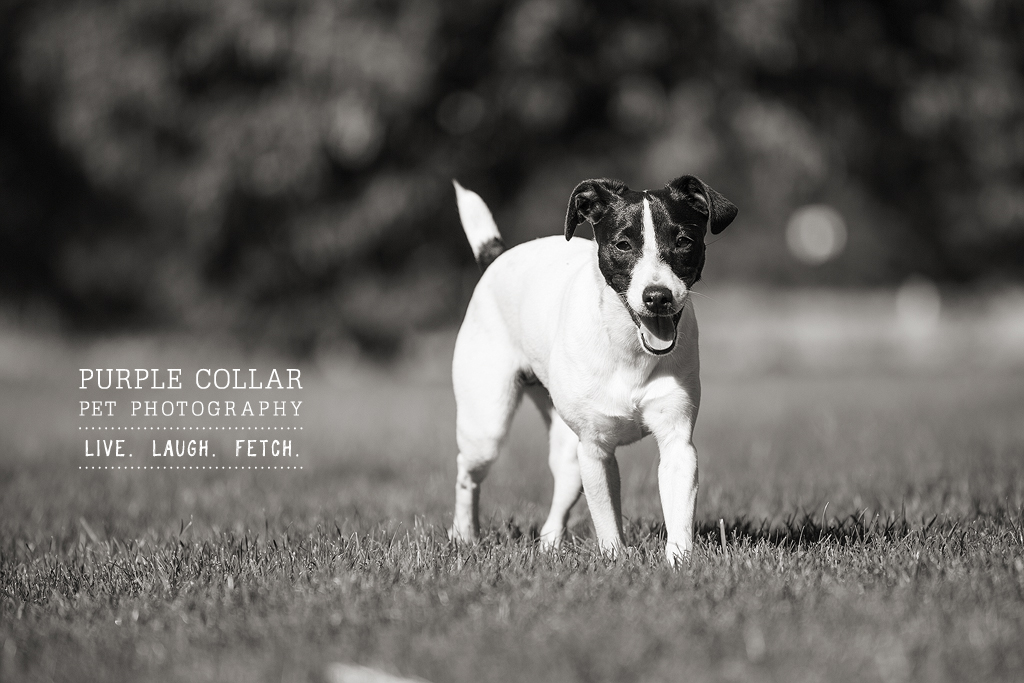
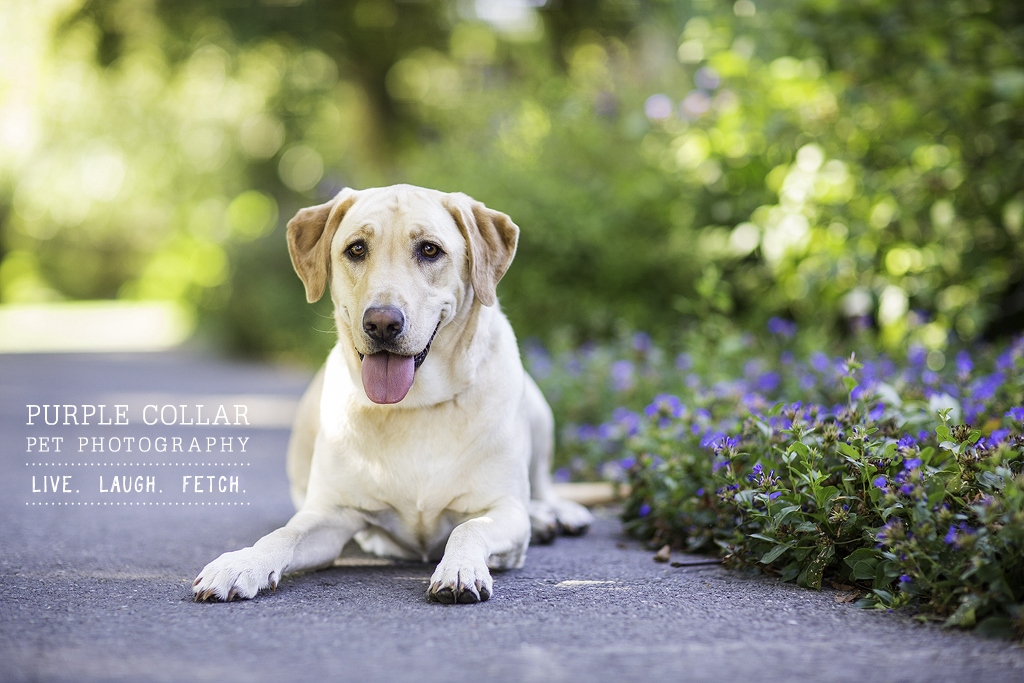
1 comment
One of the most tenuous aspects of pet photography is the finished look of a photo. While I’m working on a shot I’ll ask myself questions like: Is it contrasty enough, or is it too contrasty? Is it bright enough, or is it overexposed? Are the colors dull, or over saturated? I would say that 9 times out of 10, after I finish working on a photo I don’t go back for further editing. Every now and then, however, a processed photo will nag at me. Something will feel the slightest bit off, and I can’t rest until I go back and tweak whatever it is about the photo that’s bothering me. It’s for this reason that I usually like to give edited shots a several day “cooling off” period after I’m done working on them, at the end of which I can look at them with a fresh perspective.
Take this shot of Chewey the Welsh Corgi, for example. Super cute! I love his expression, the way his ears are cocked forward and how his paw is resting on the stone in front of him. There’s a variety of colors between the wet rocks, the leaves, and Chewey’s fur. All in all, I love this photo! But after I worked on it and set it aside, some things started to nag at me. It just seemed to lack that bit of “pop”. This usually happens when I back off from processing for fear of “cooking” (or pumping up the color and saturation so much that it no longer resembles what my eye actually saw) a photo.
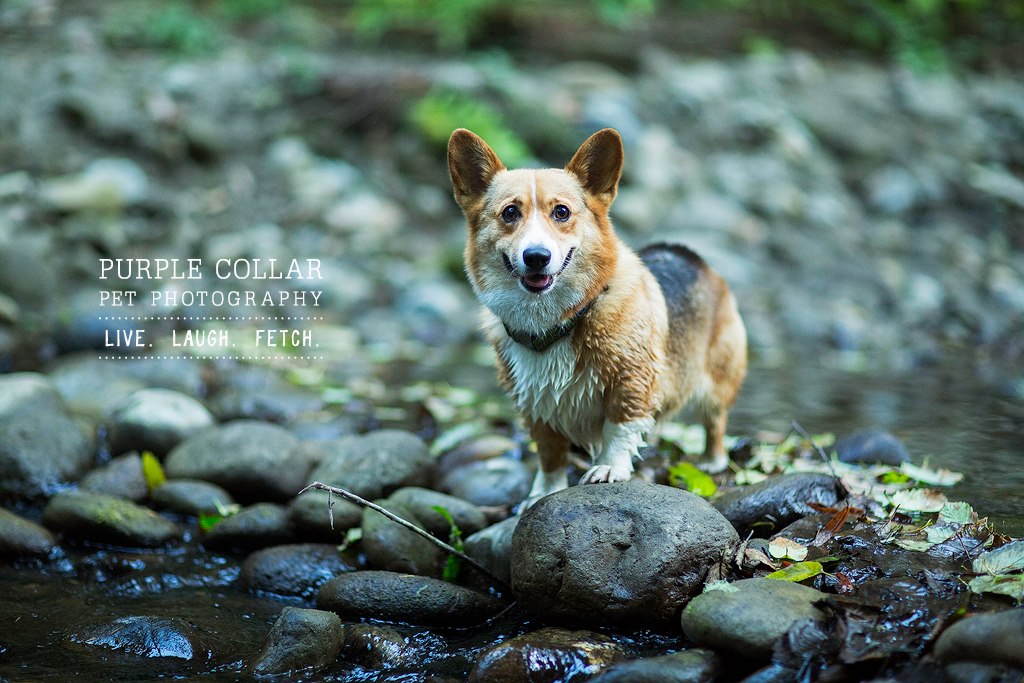
In this case, however, I thought the photo lacked a bit of color and presence. So I made a few tweaks that brought it more in line with the vision I have for my photos:
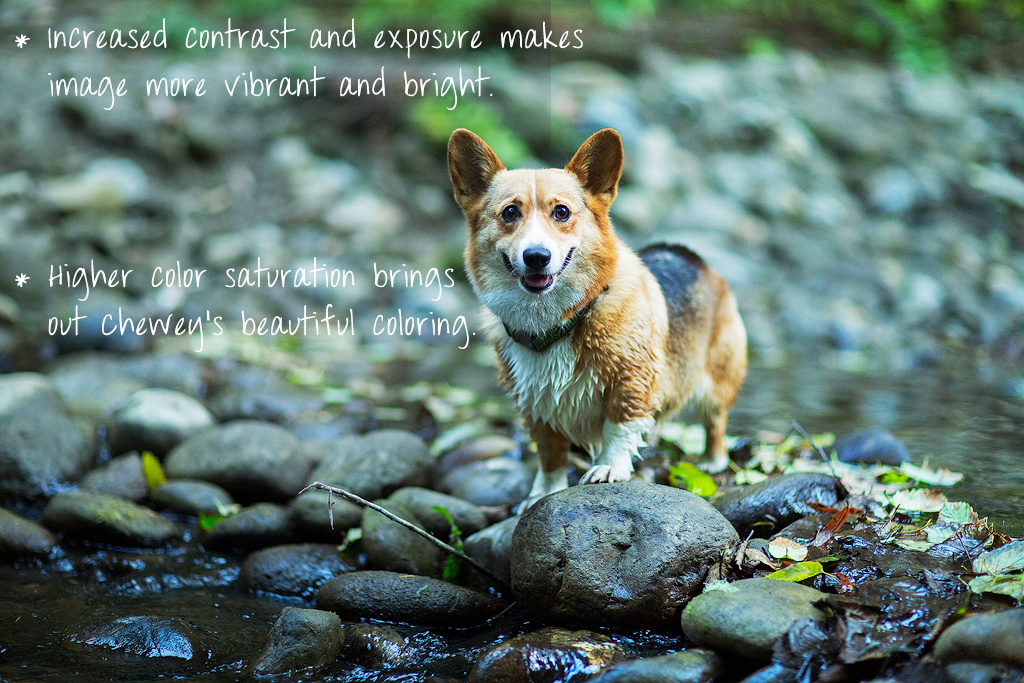
And in the end, I was left with the photo below! Same great expression and pose, but this time Chewey pops off the screen a little better than before.
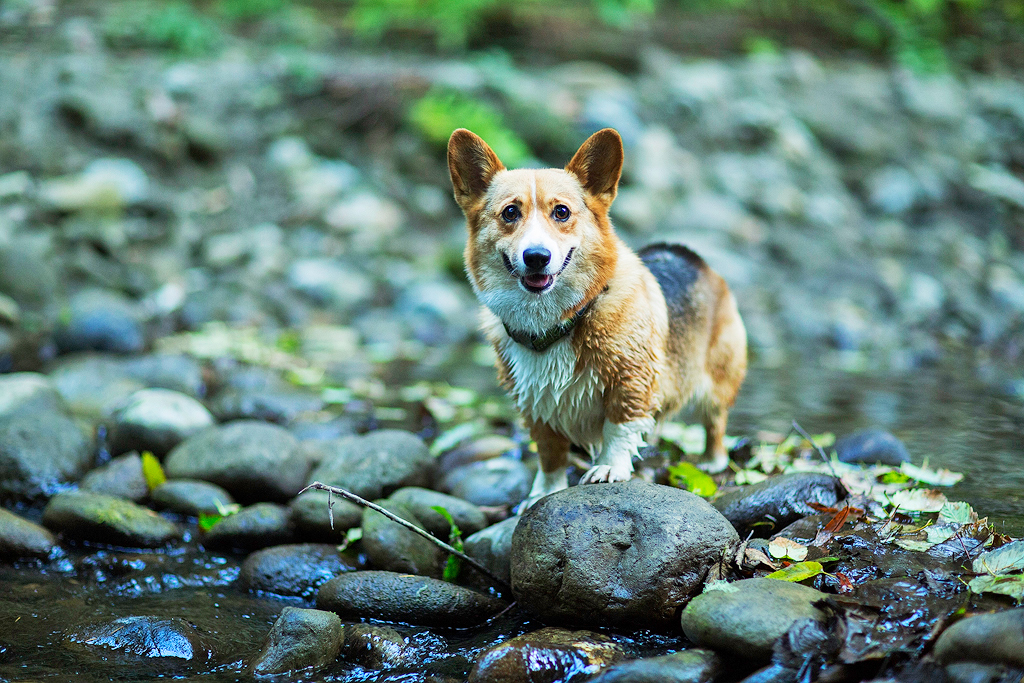
2 comments
I got to enjoy a relaxed evening with Dash the Border Collie and his person on a beautiful late Spring evening in Davis back in May. Dash is a dog that lives for the thrill of chasing the ball, and we got to indulge him thoroughly throughout the session! As you can see, he was pretty happy about the state of things. I loved Dash’s laid-back nature — he’s the kind of dog that’s happy to go with the flow, and the kind of dog you can bring just about anywhere…you just may want to keep a ball on hand to keep that brilliant Border Collie mind of his entertained. 😉
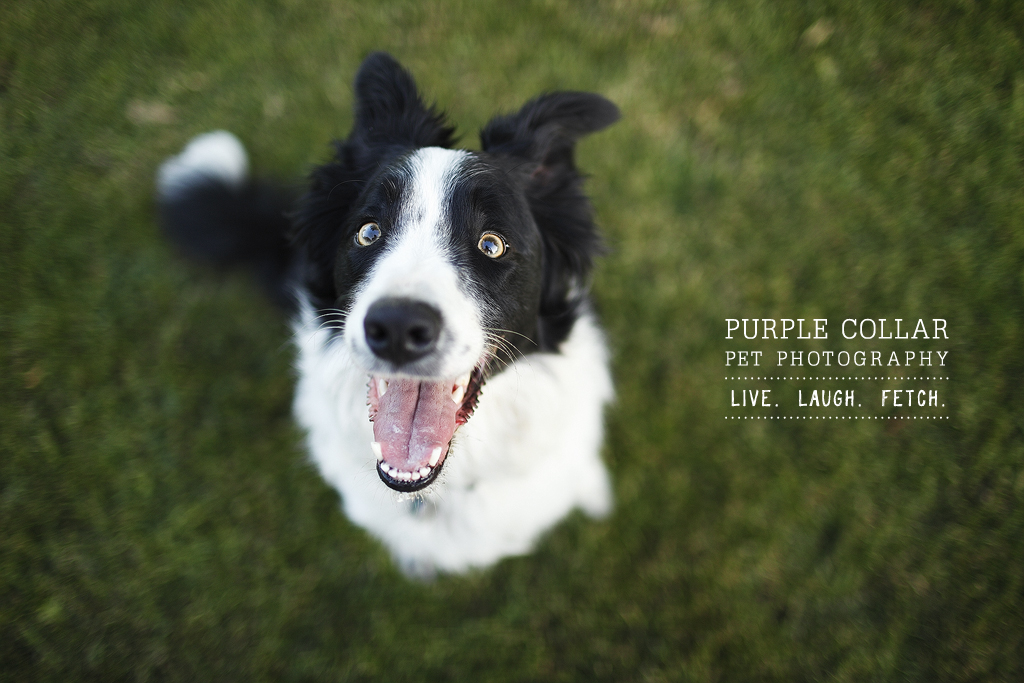
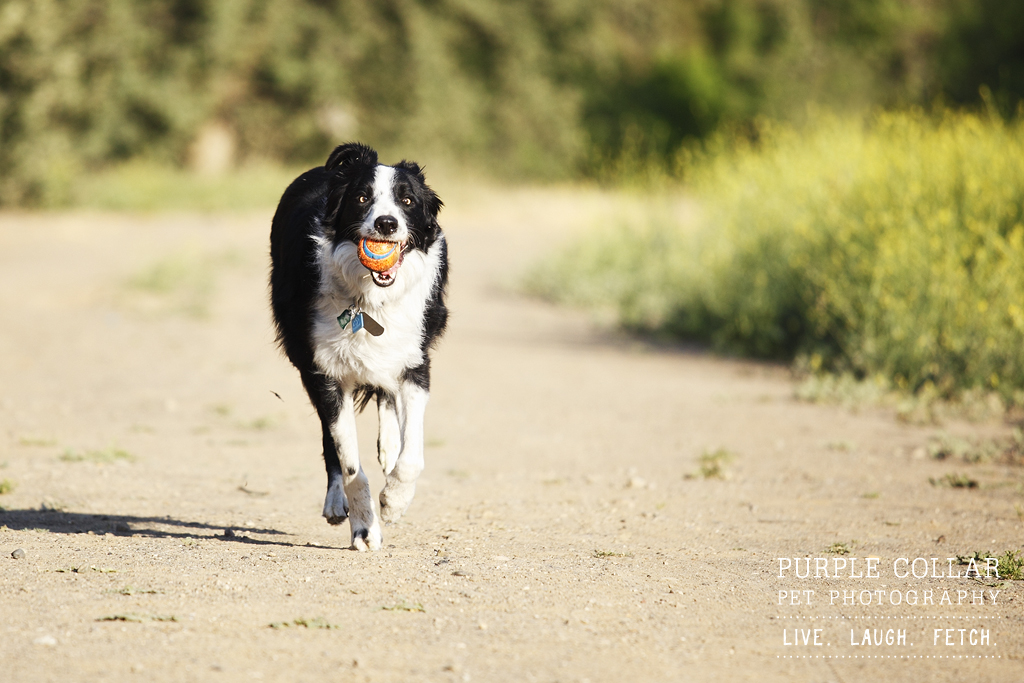

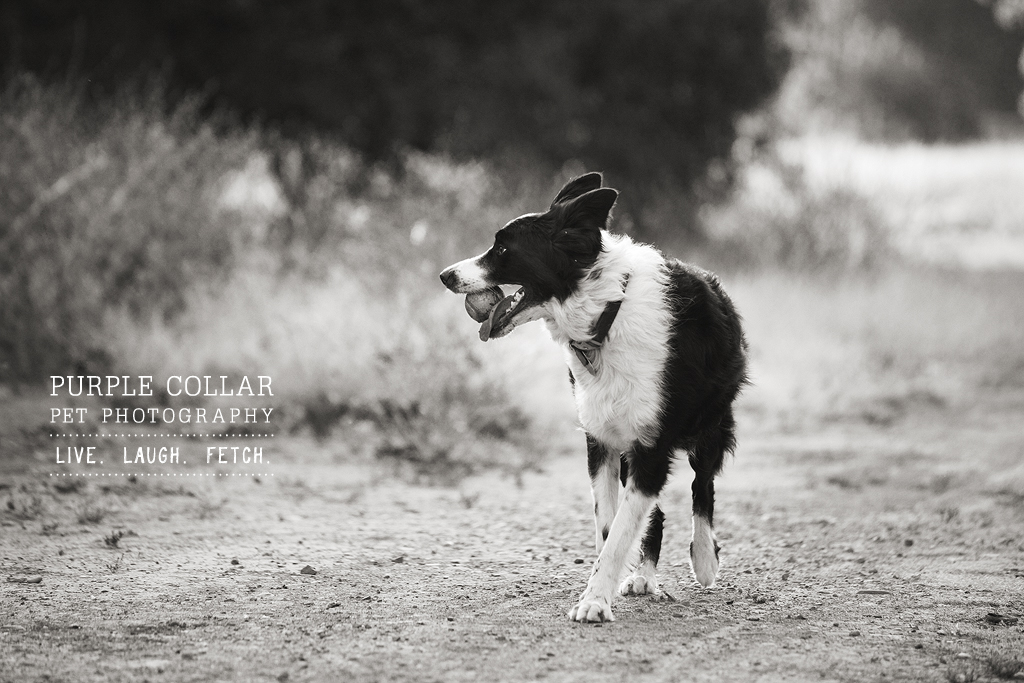
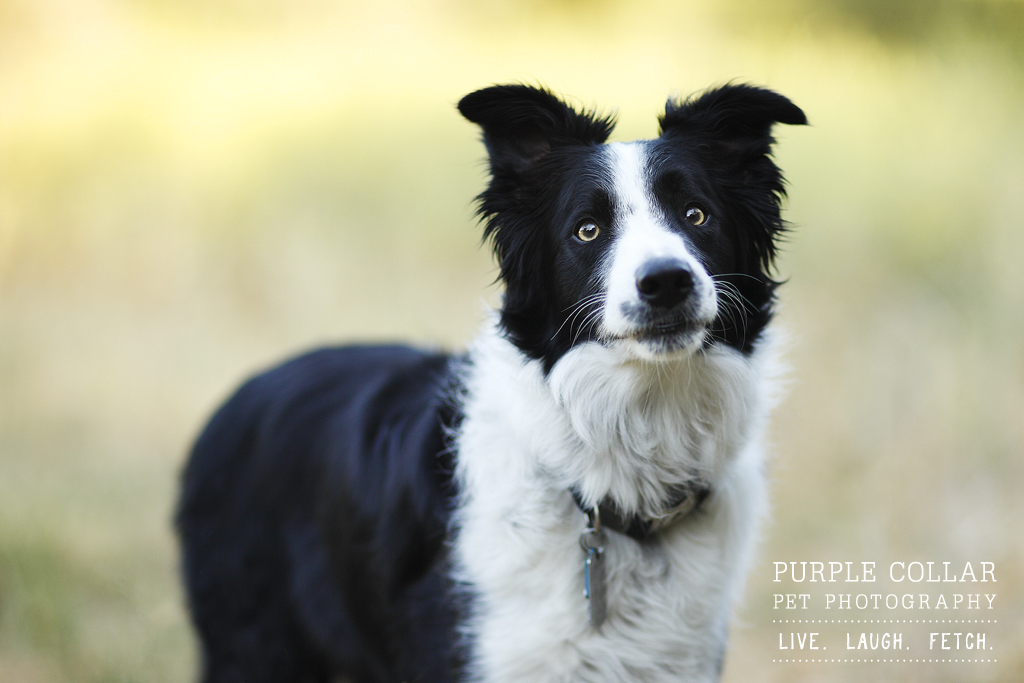
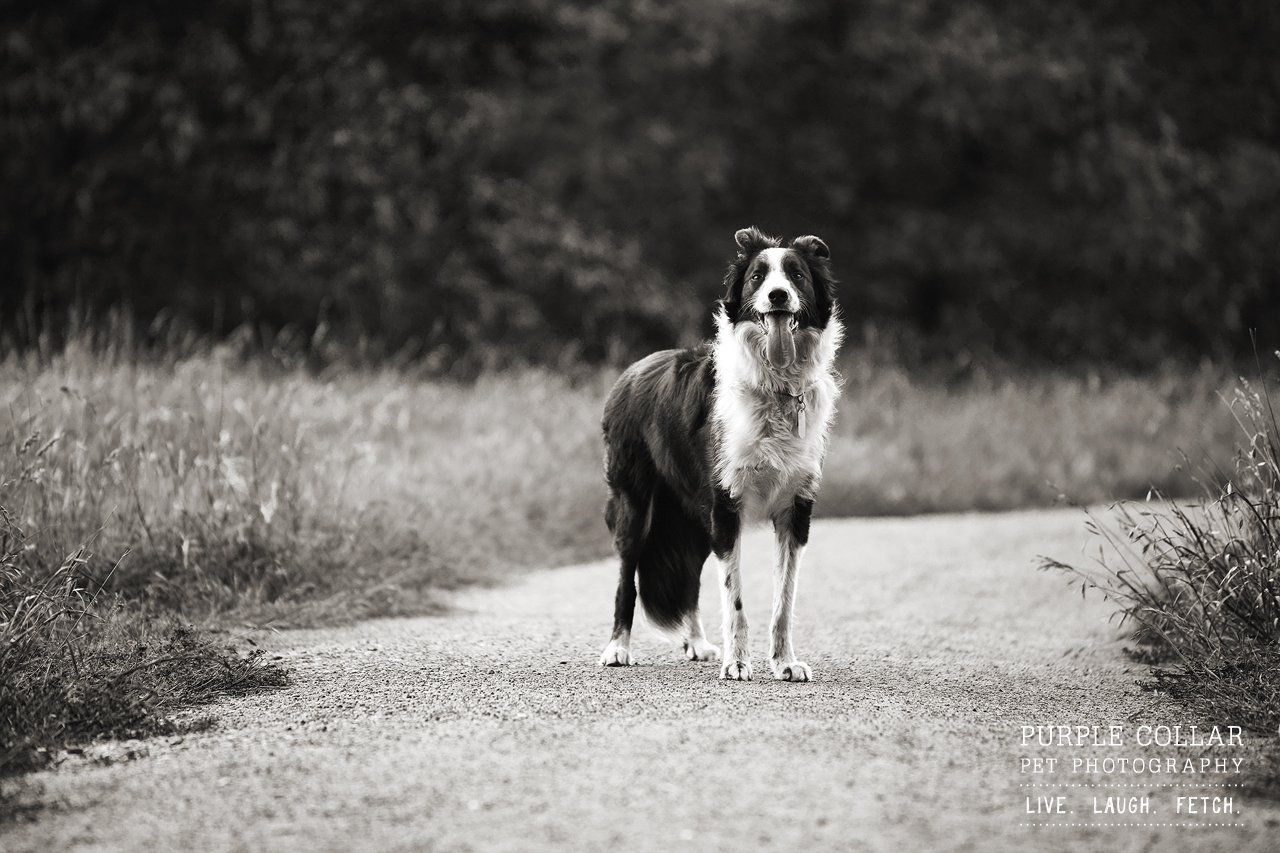
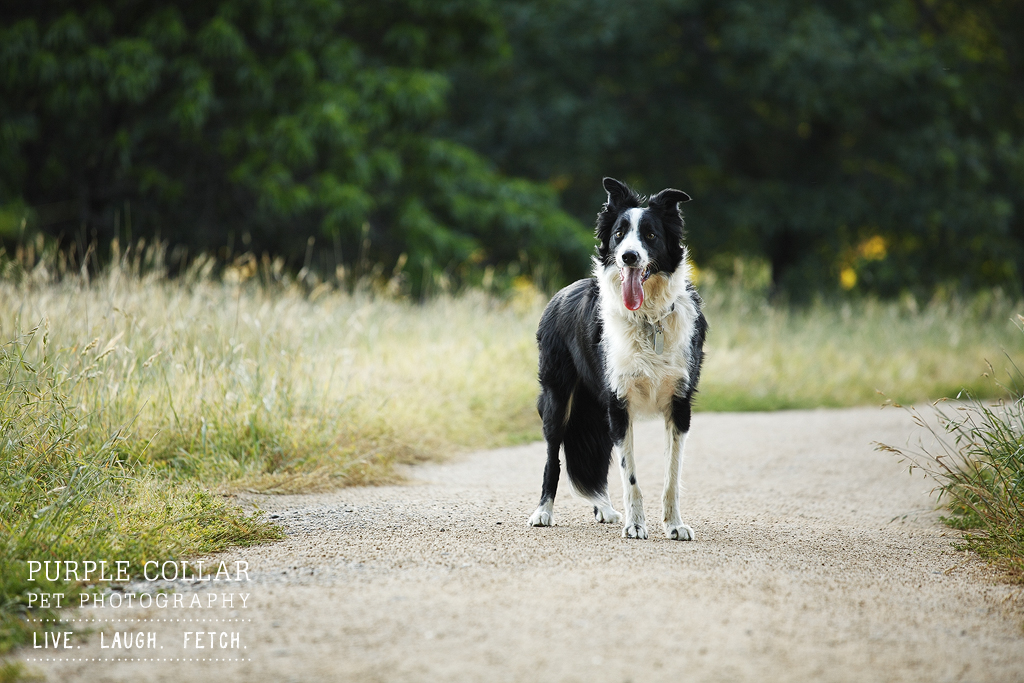
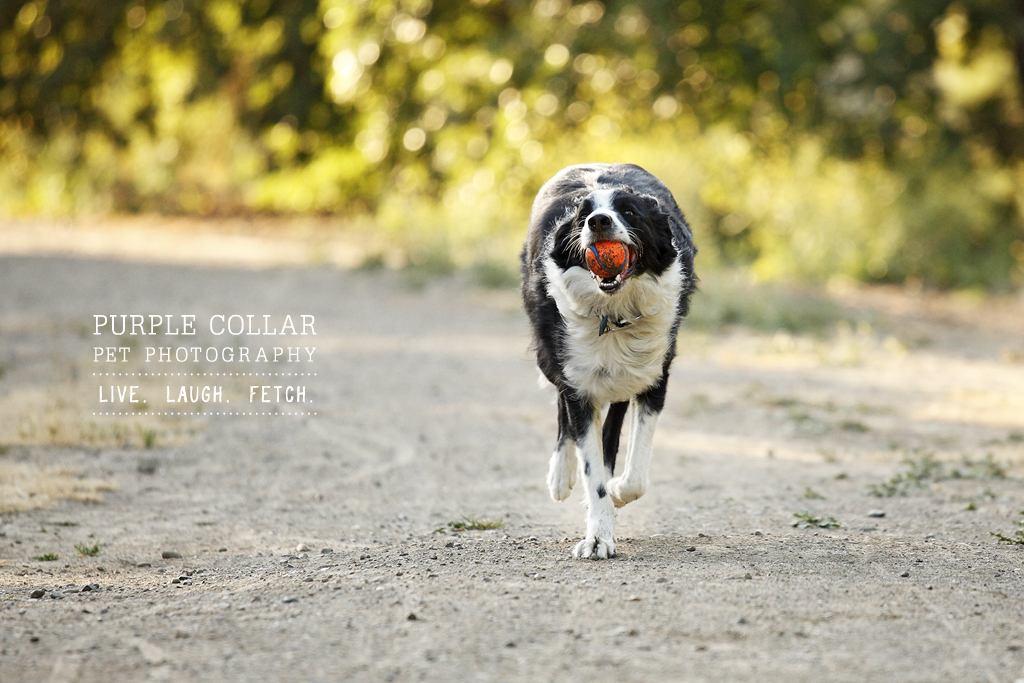
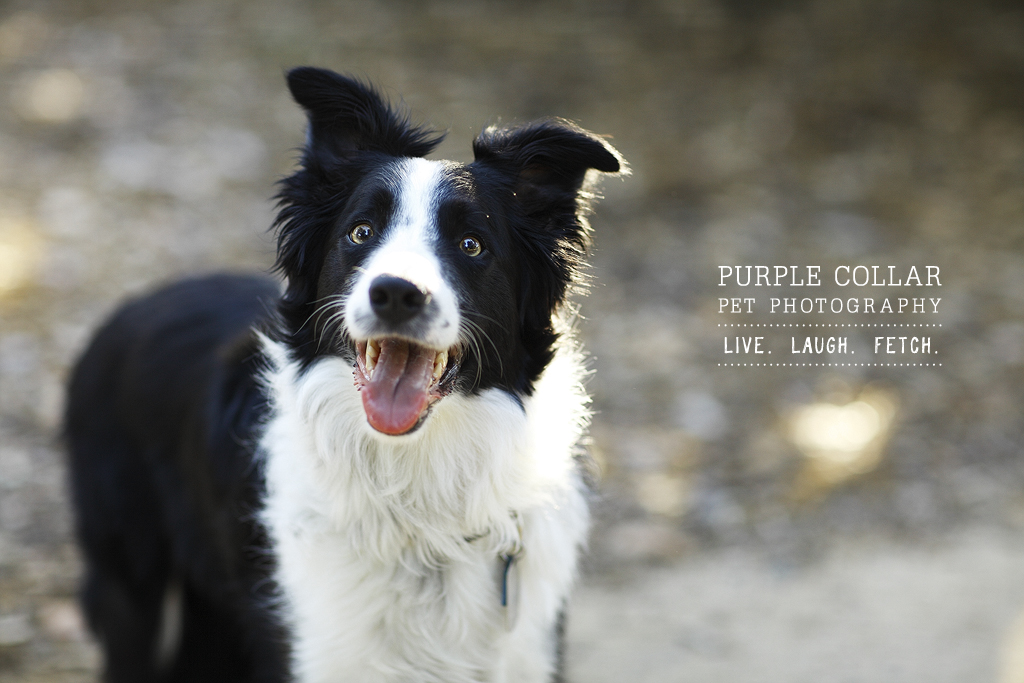
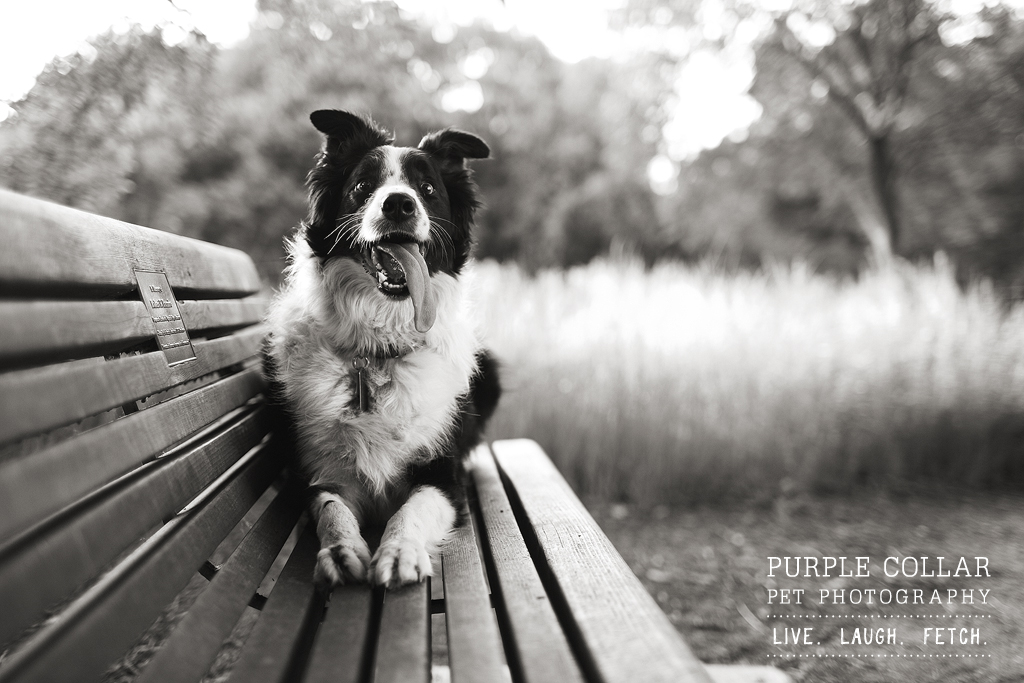
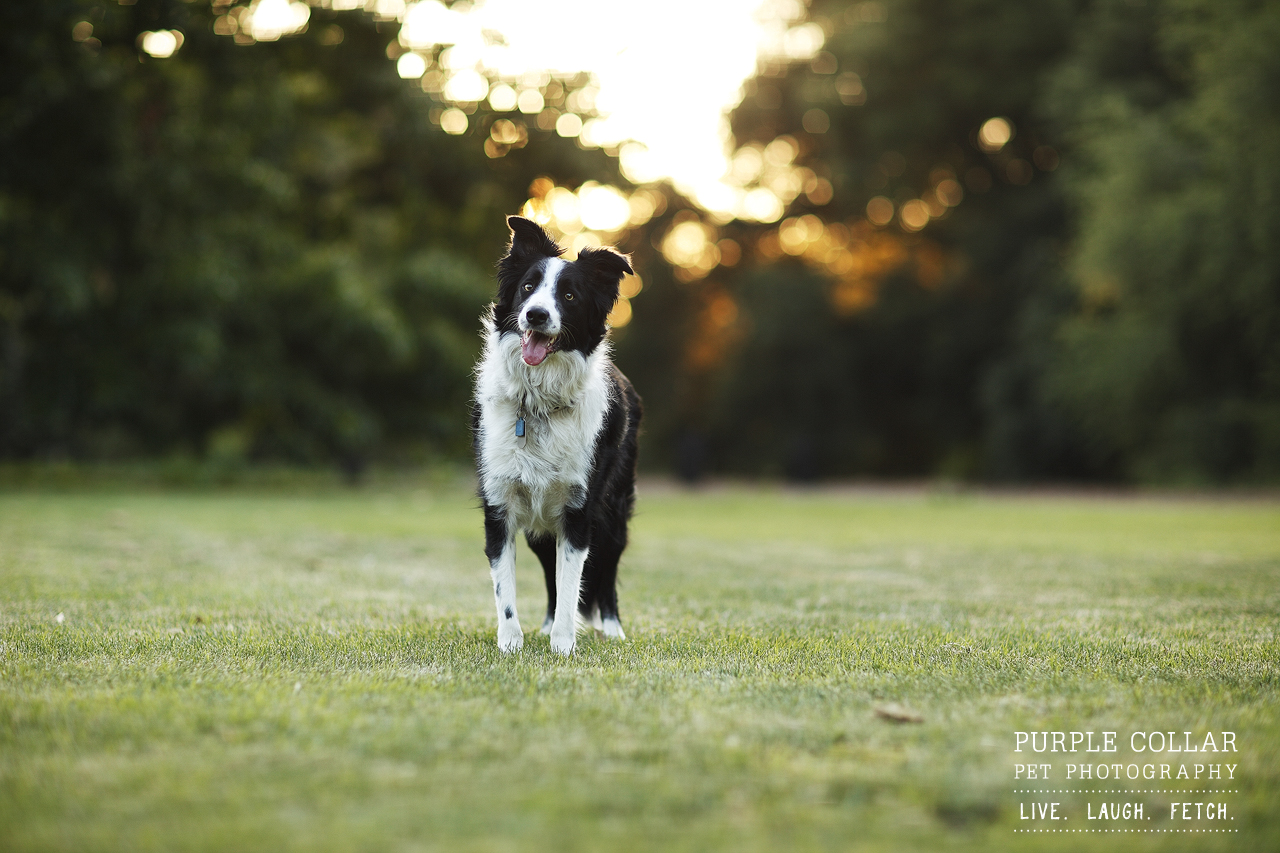
no comments



1 comment